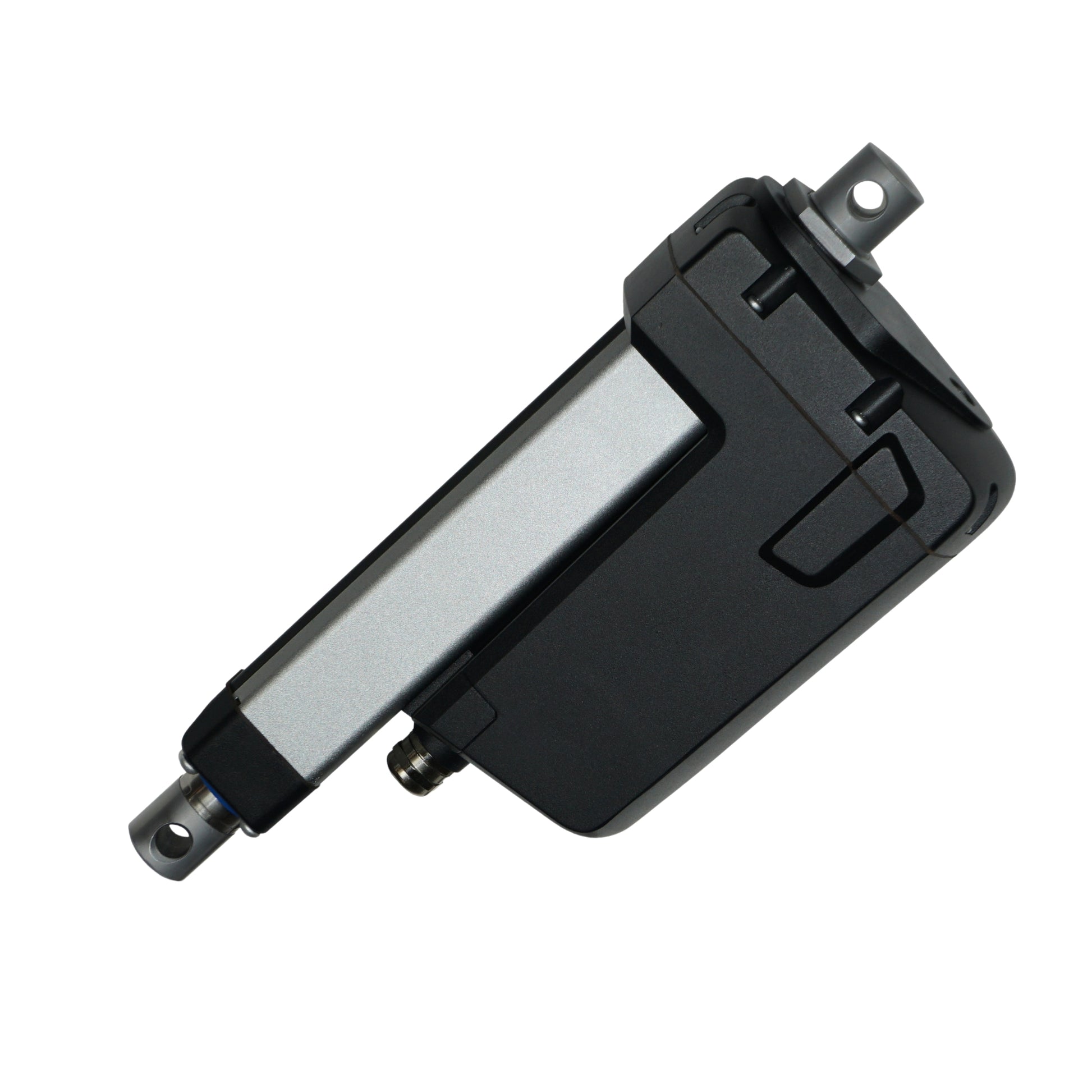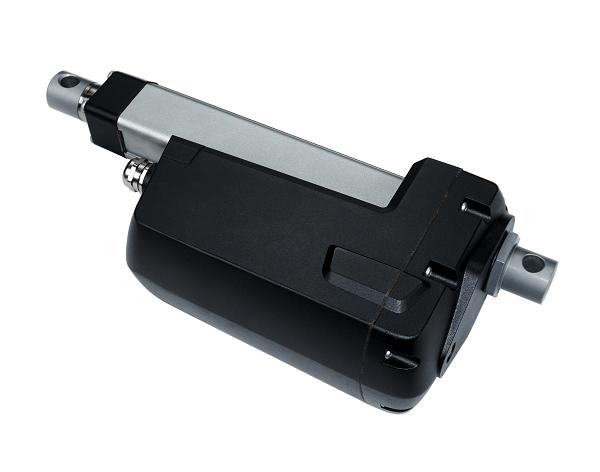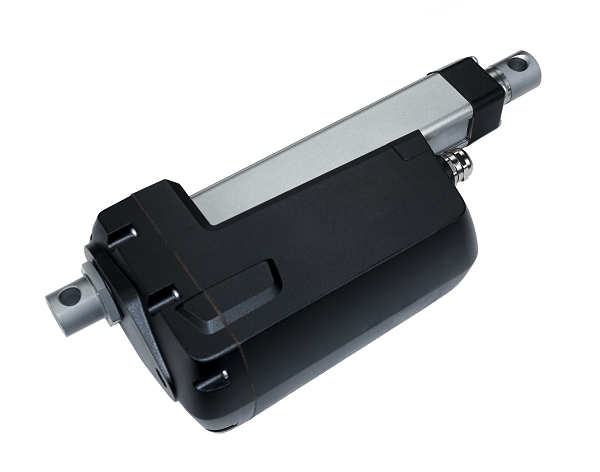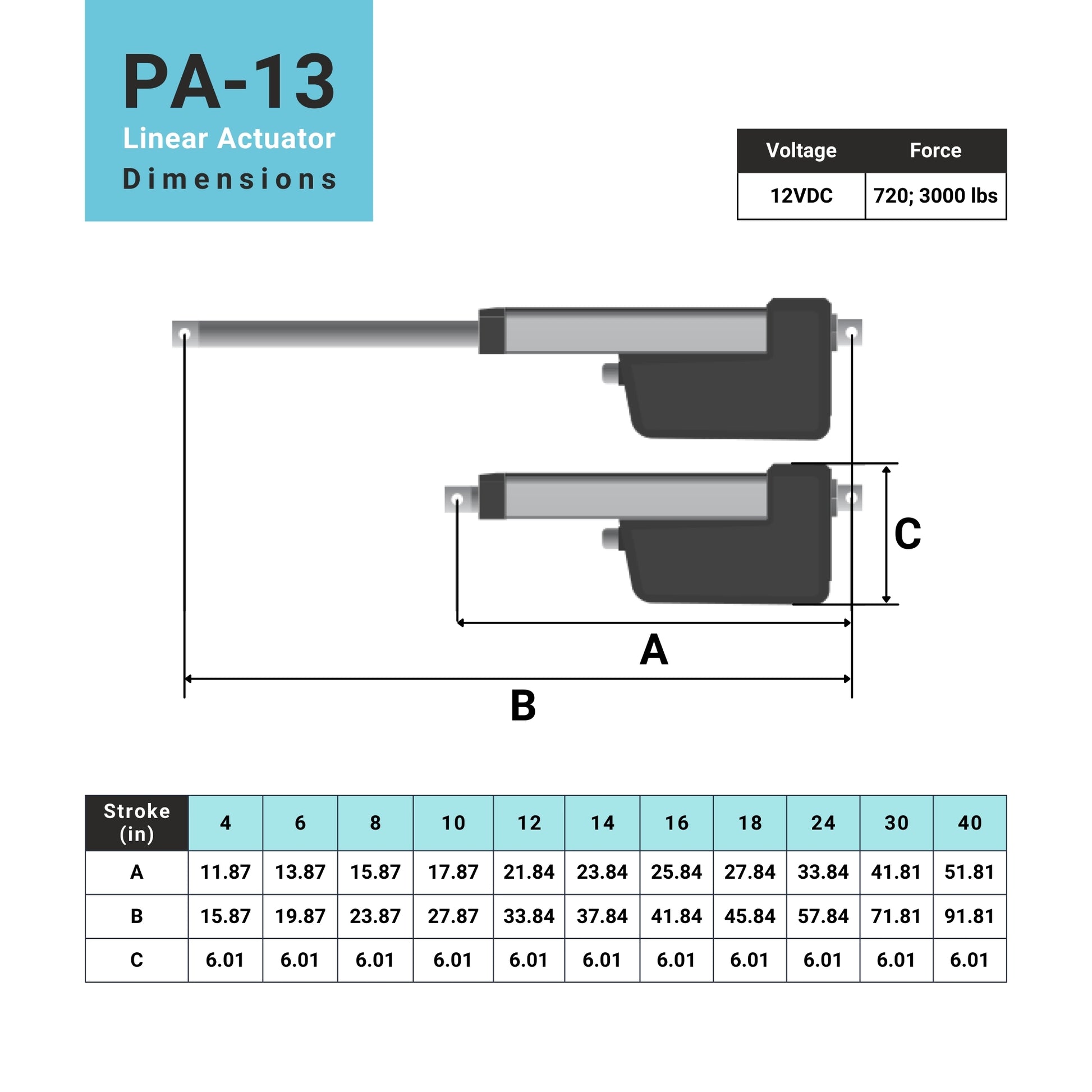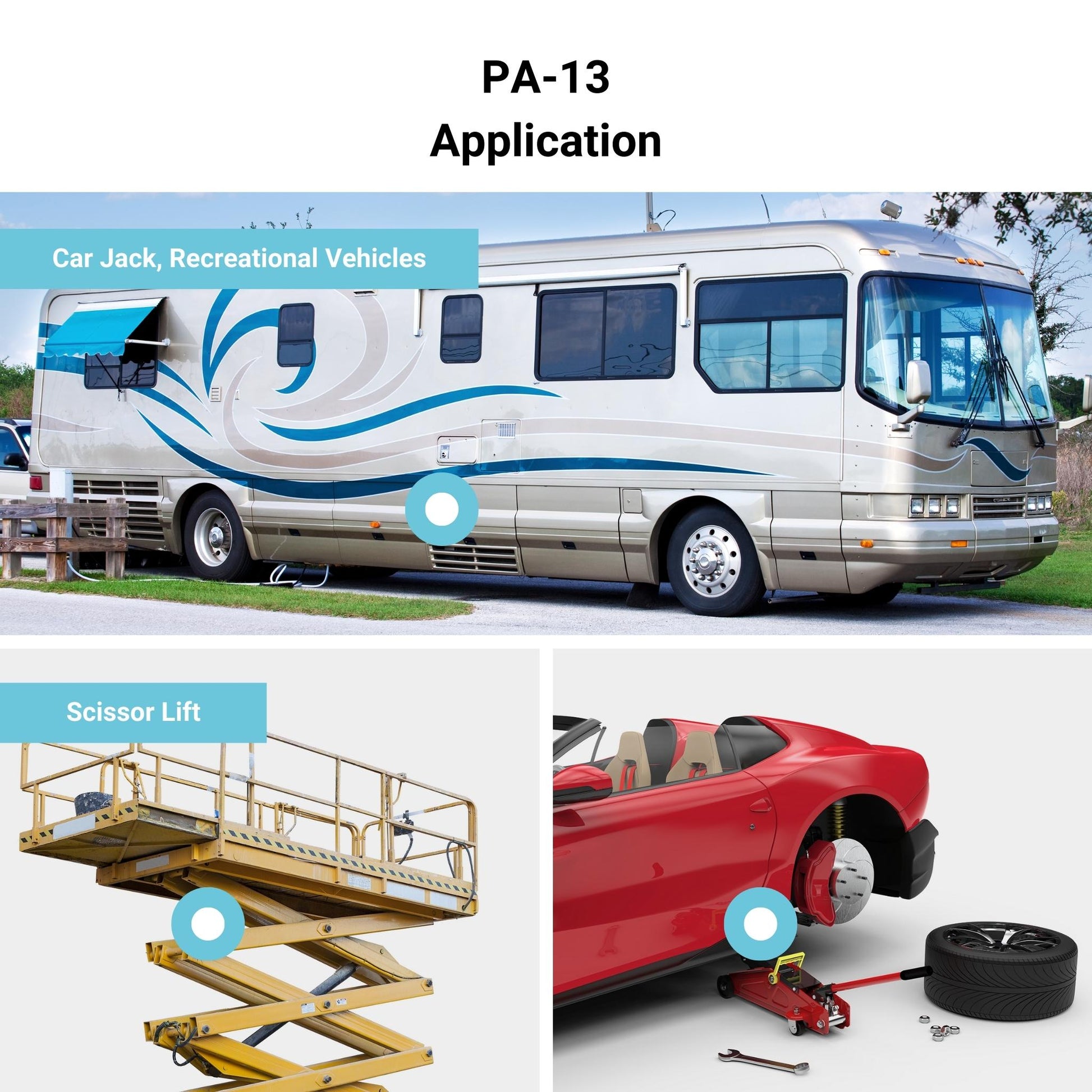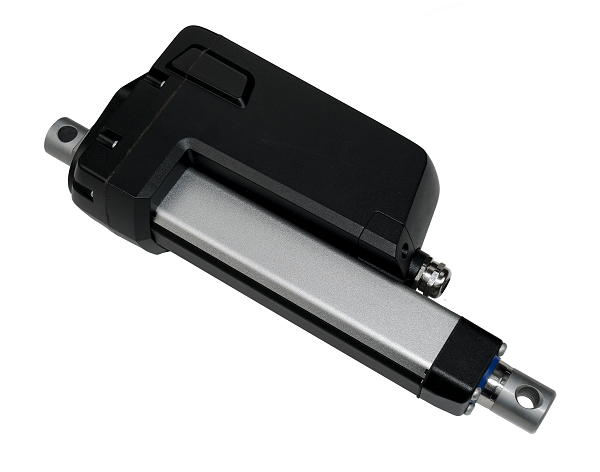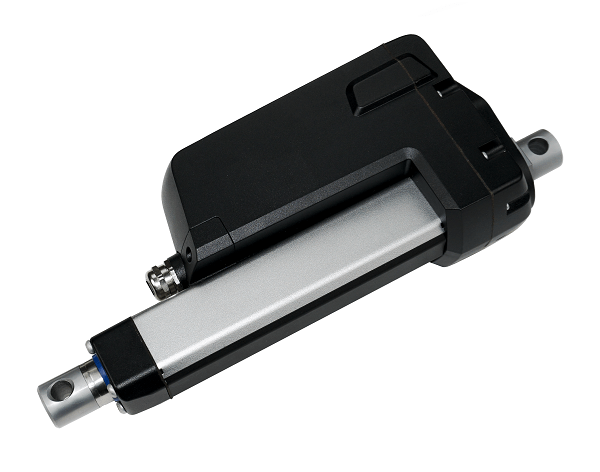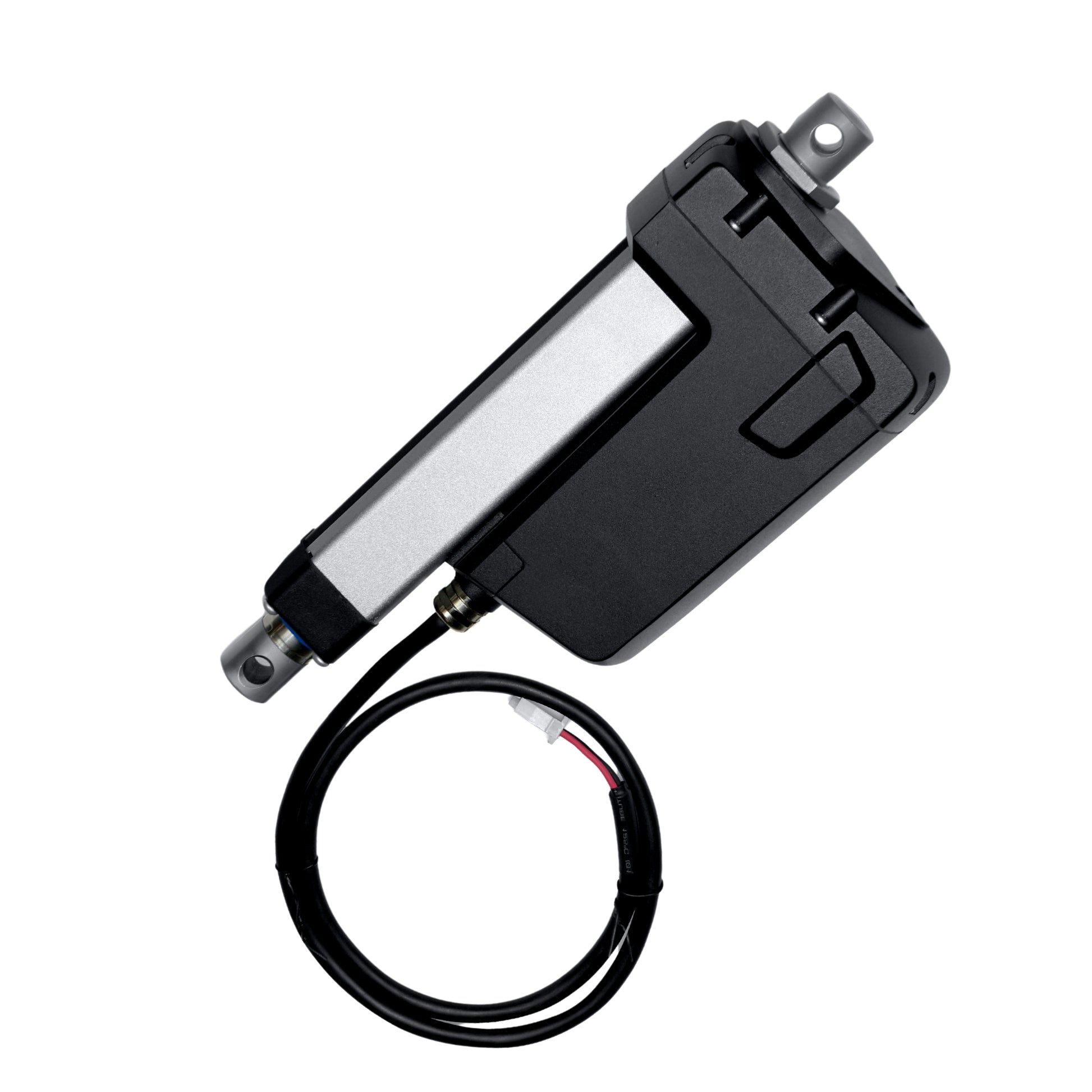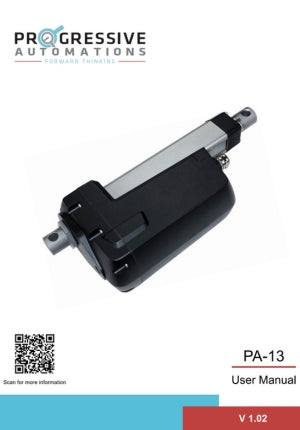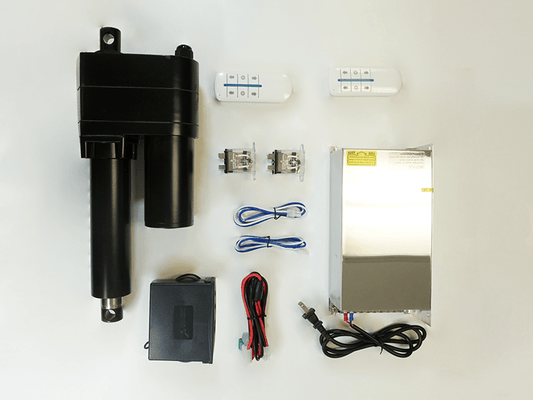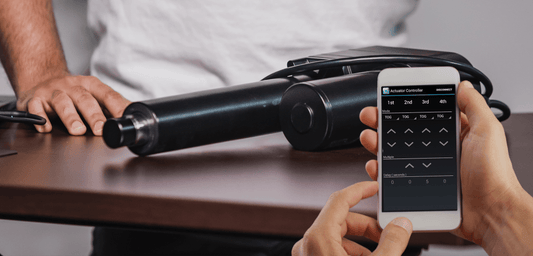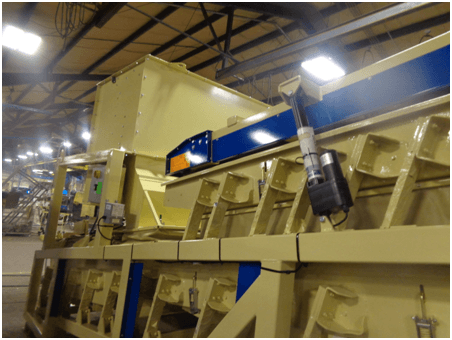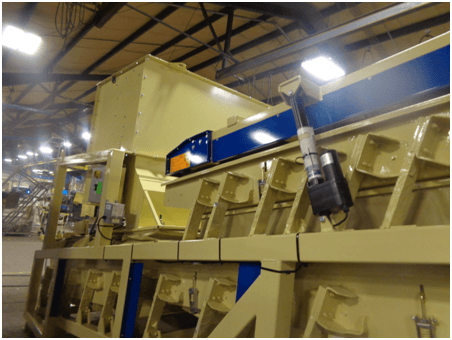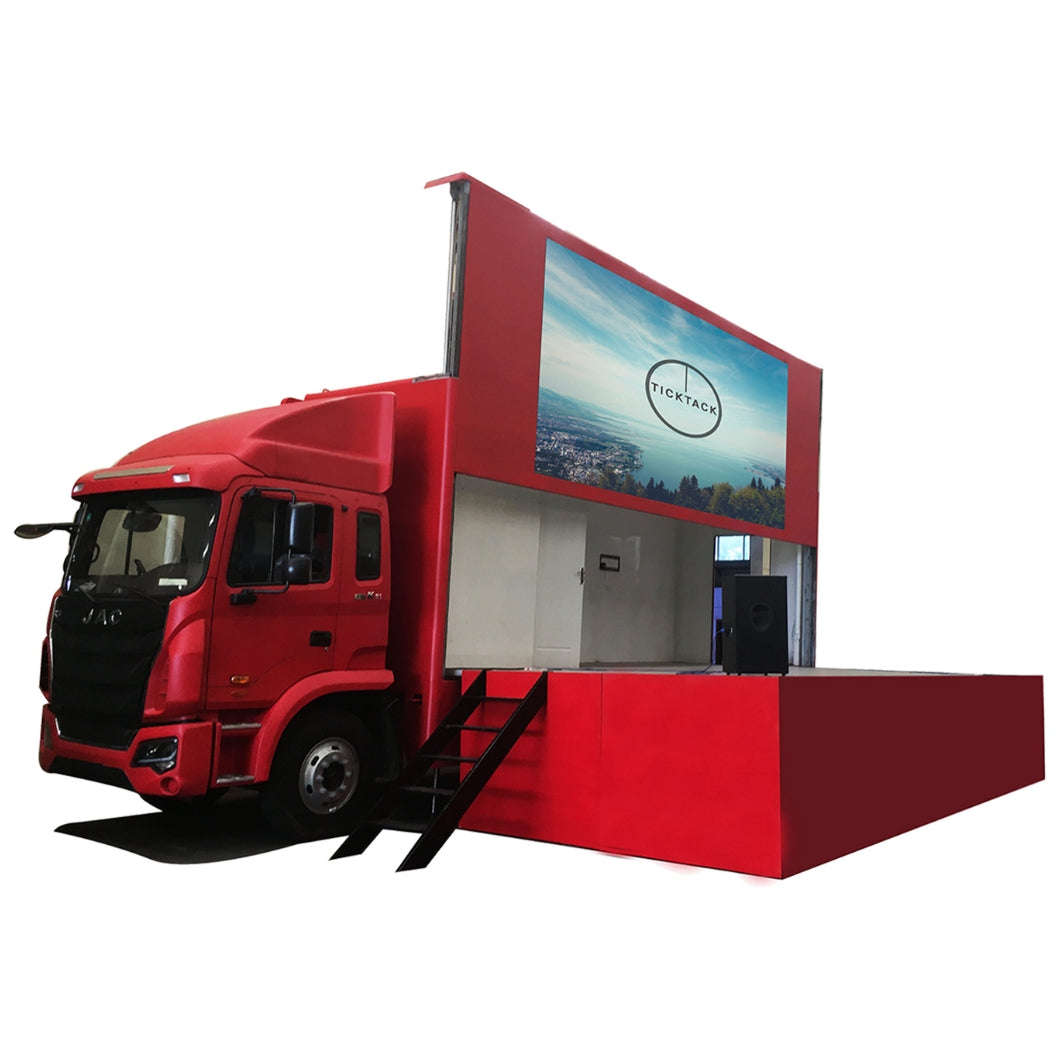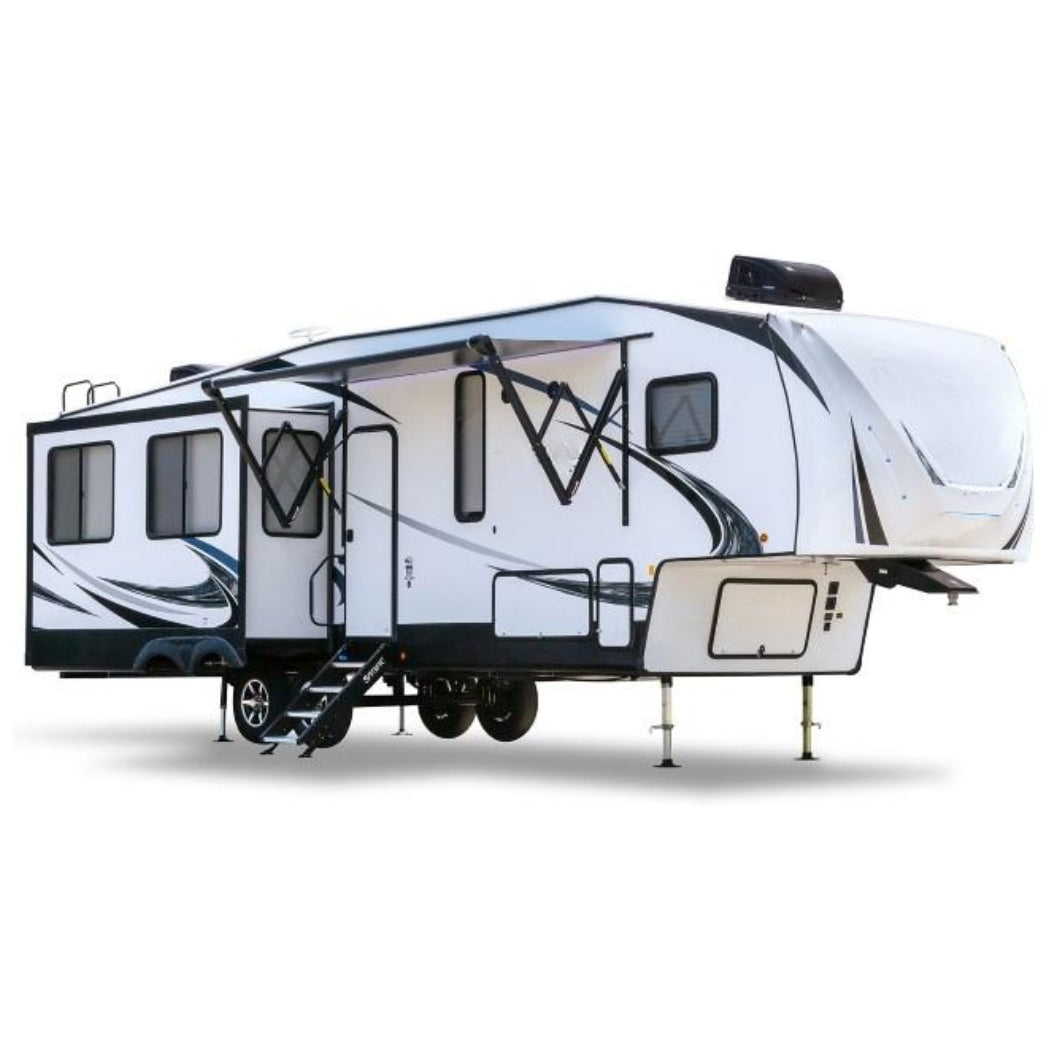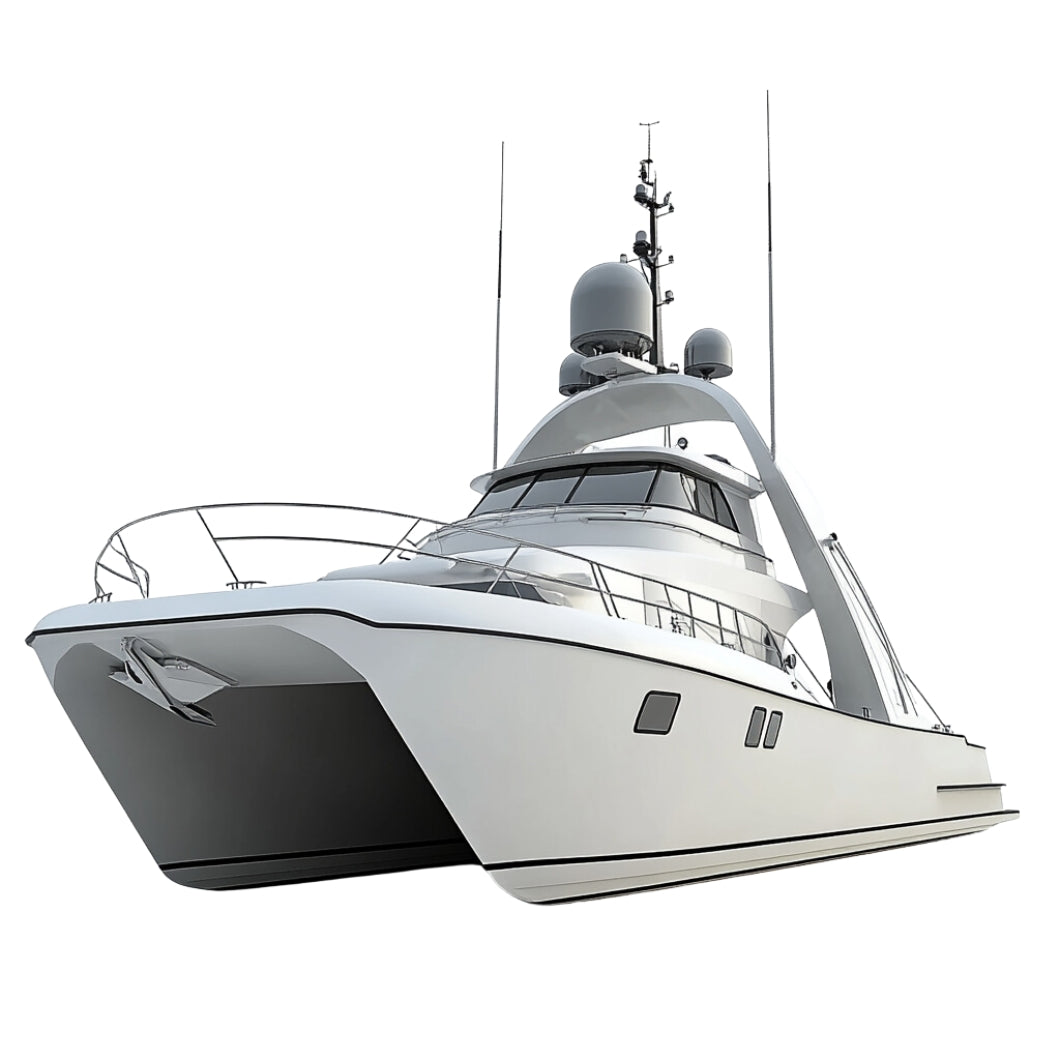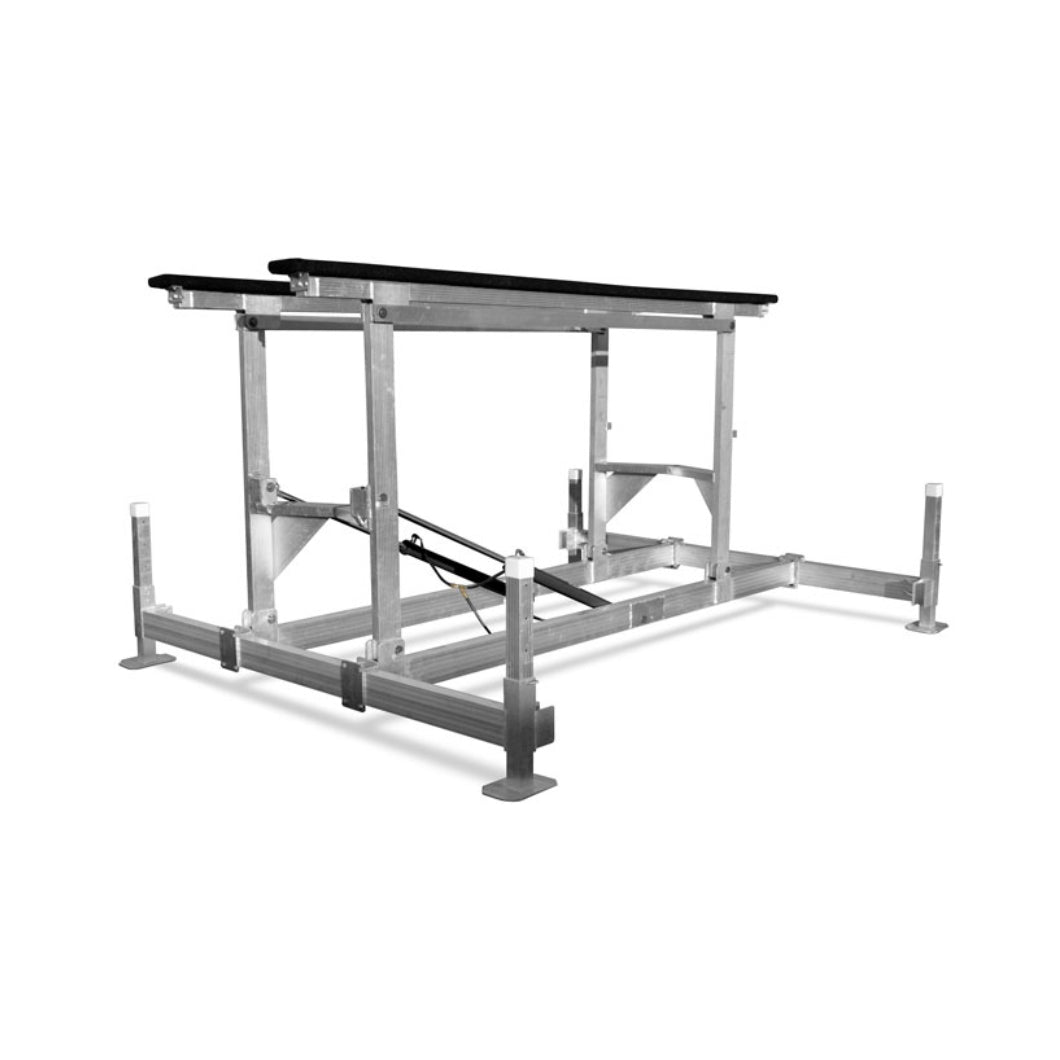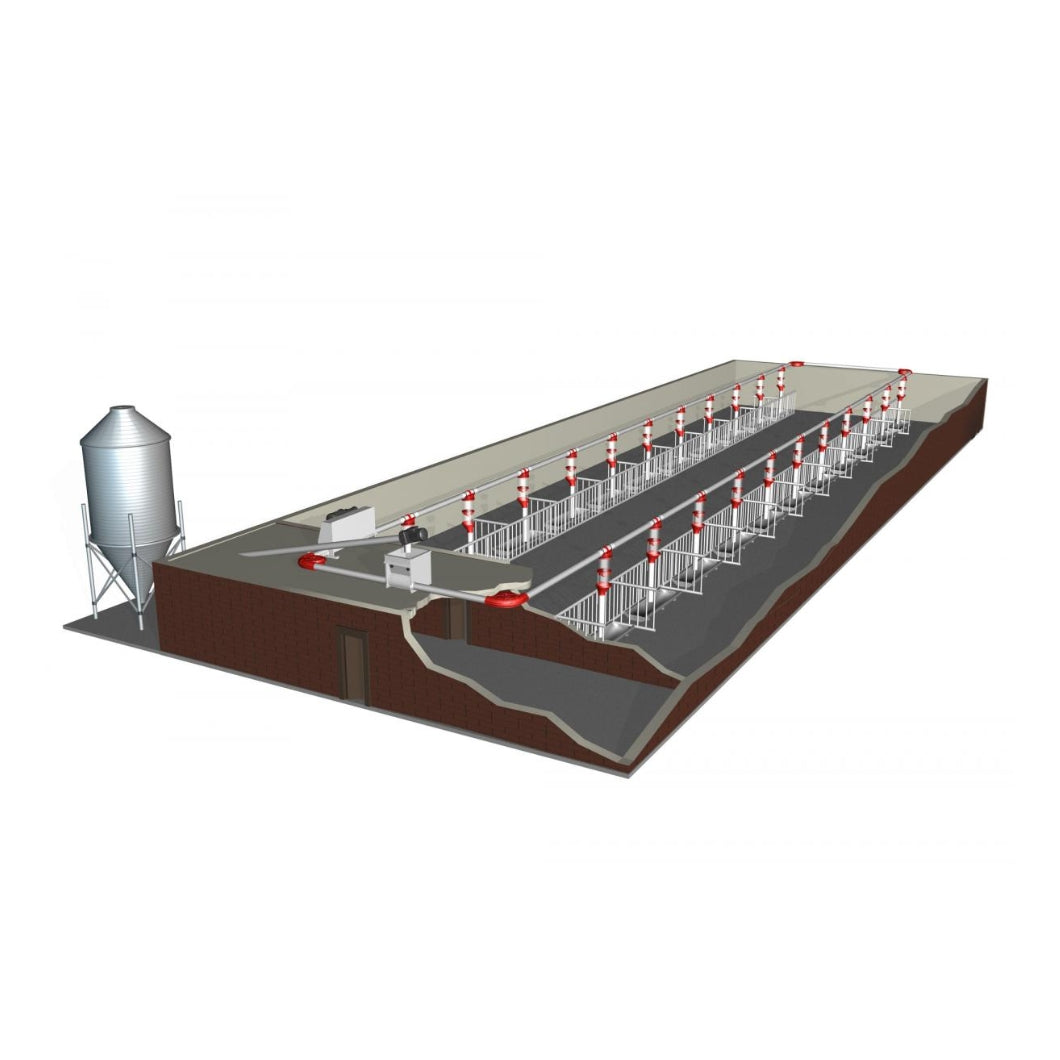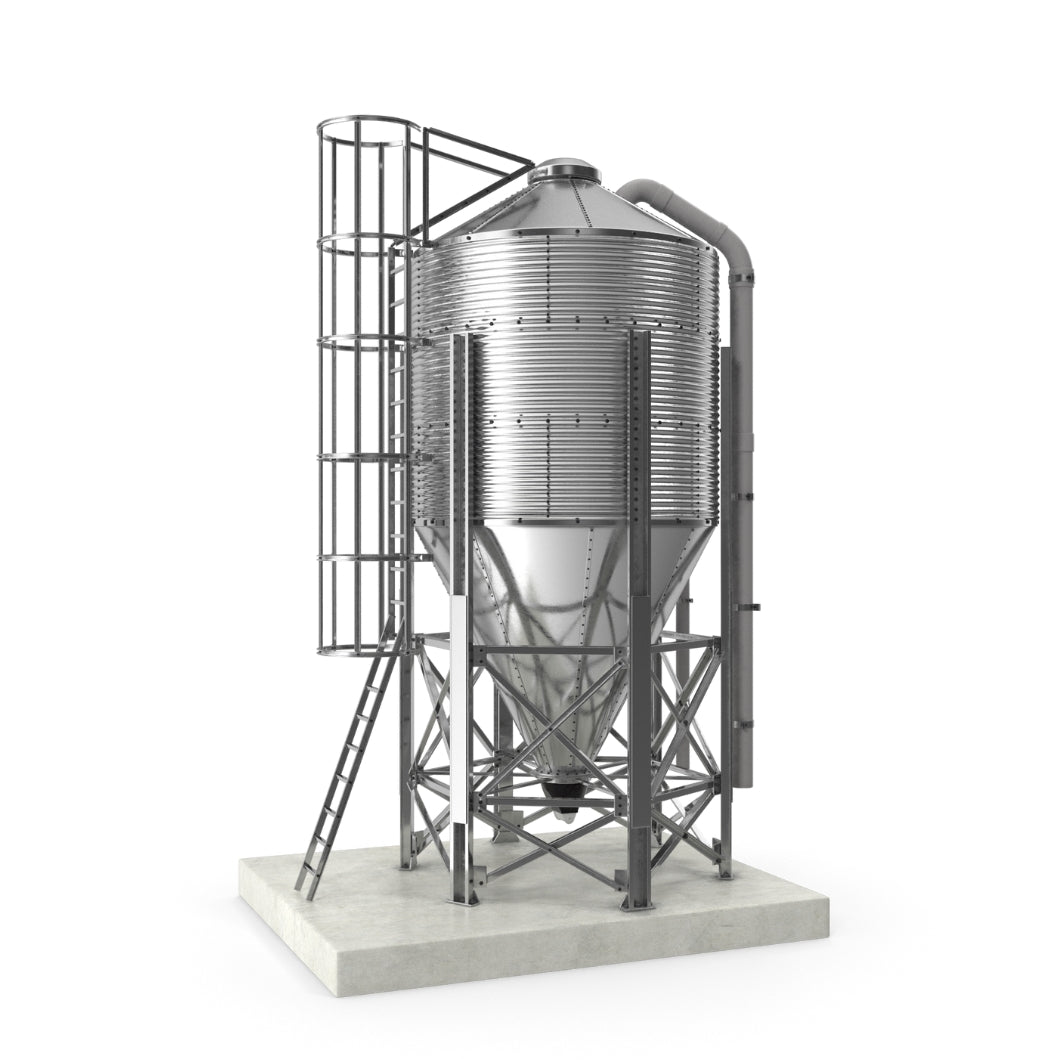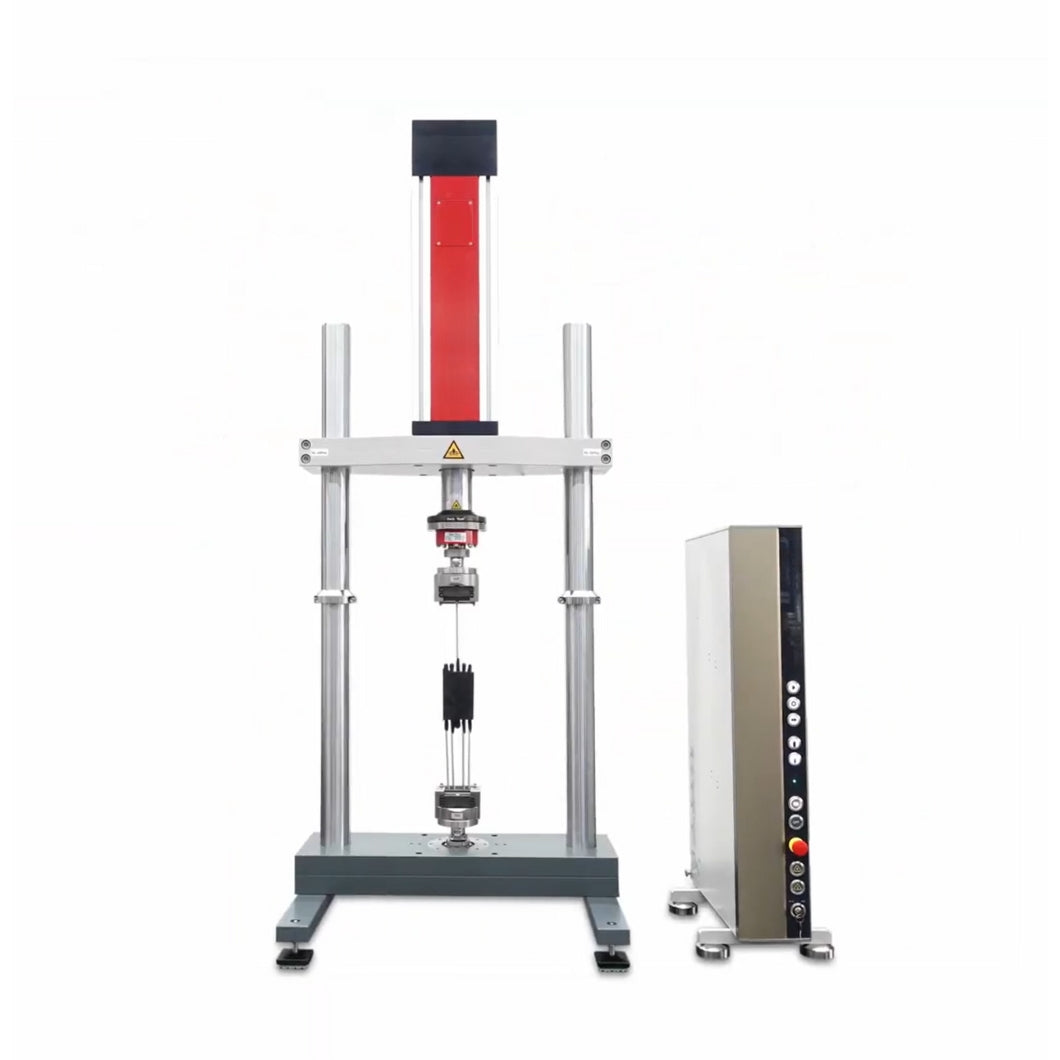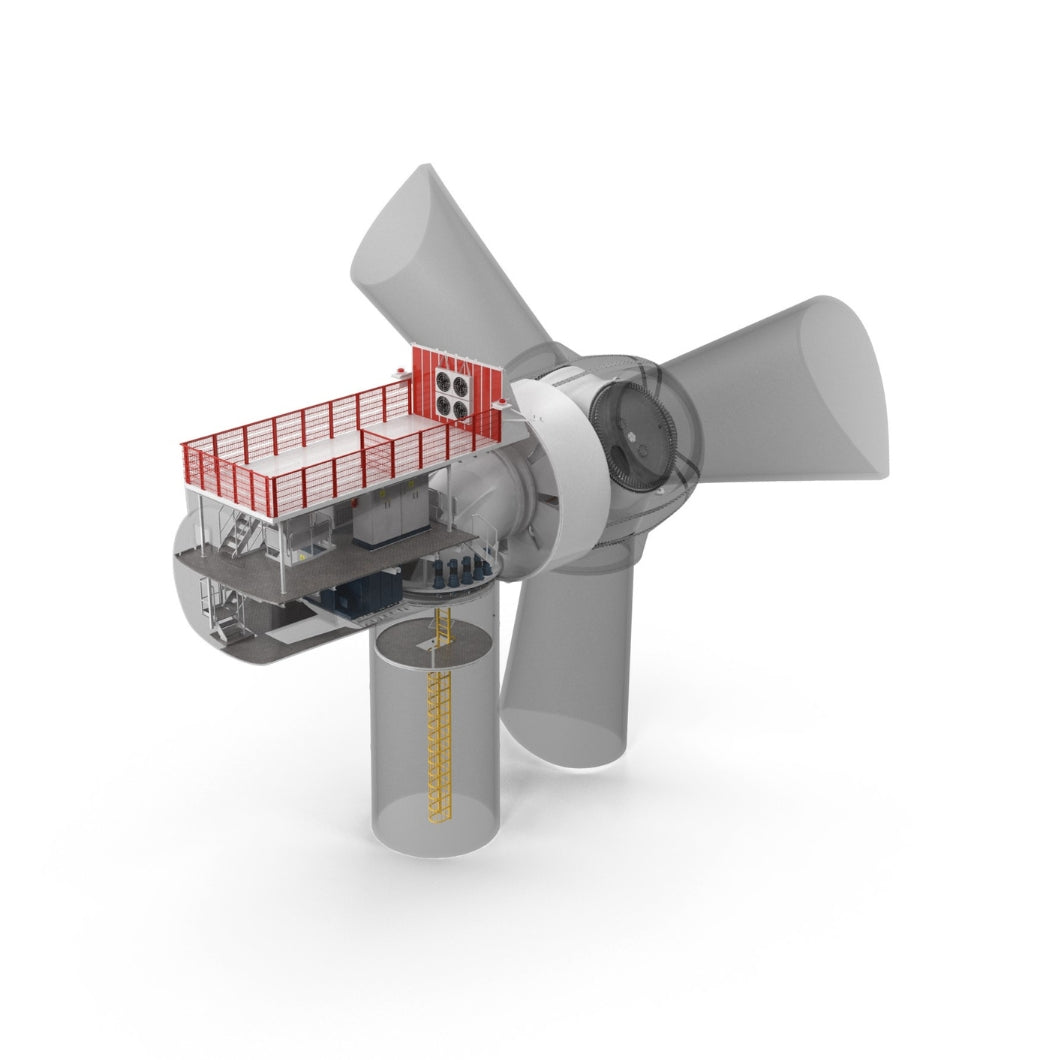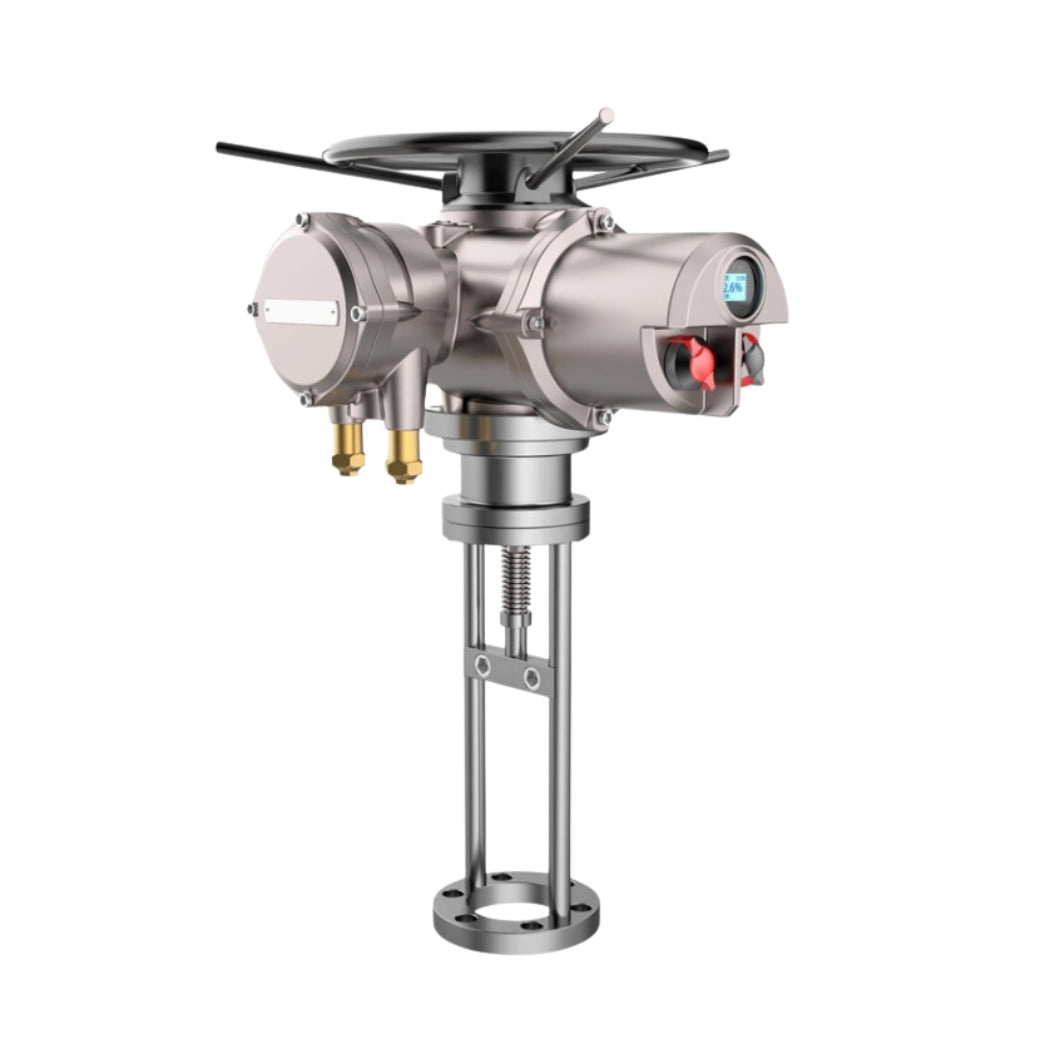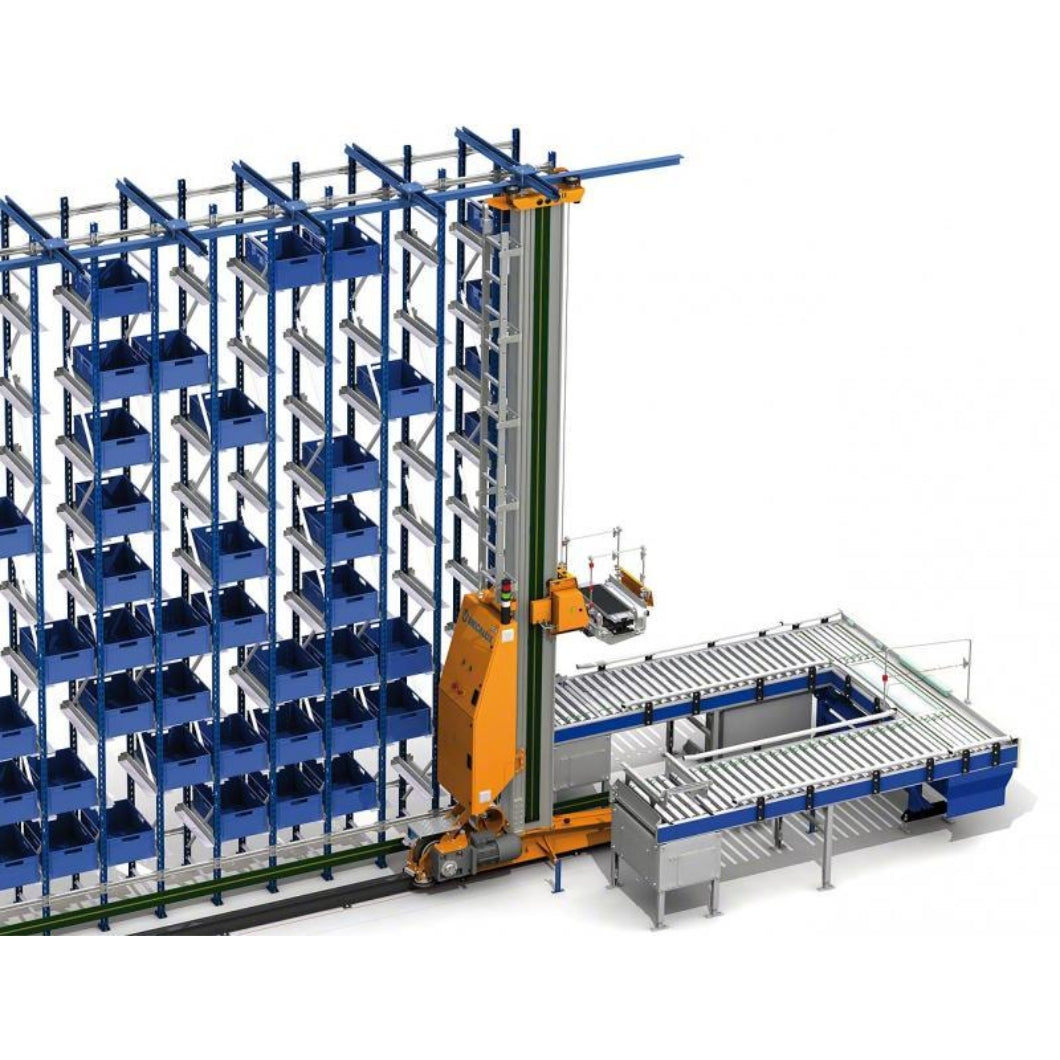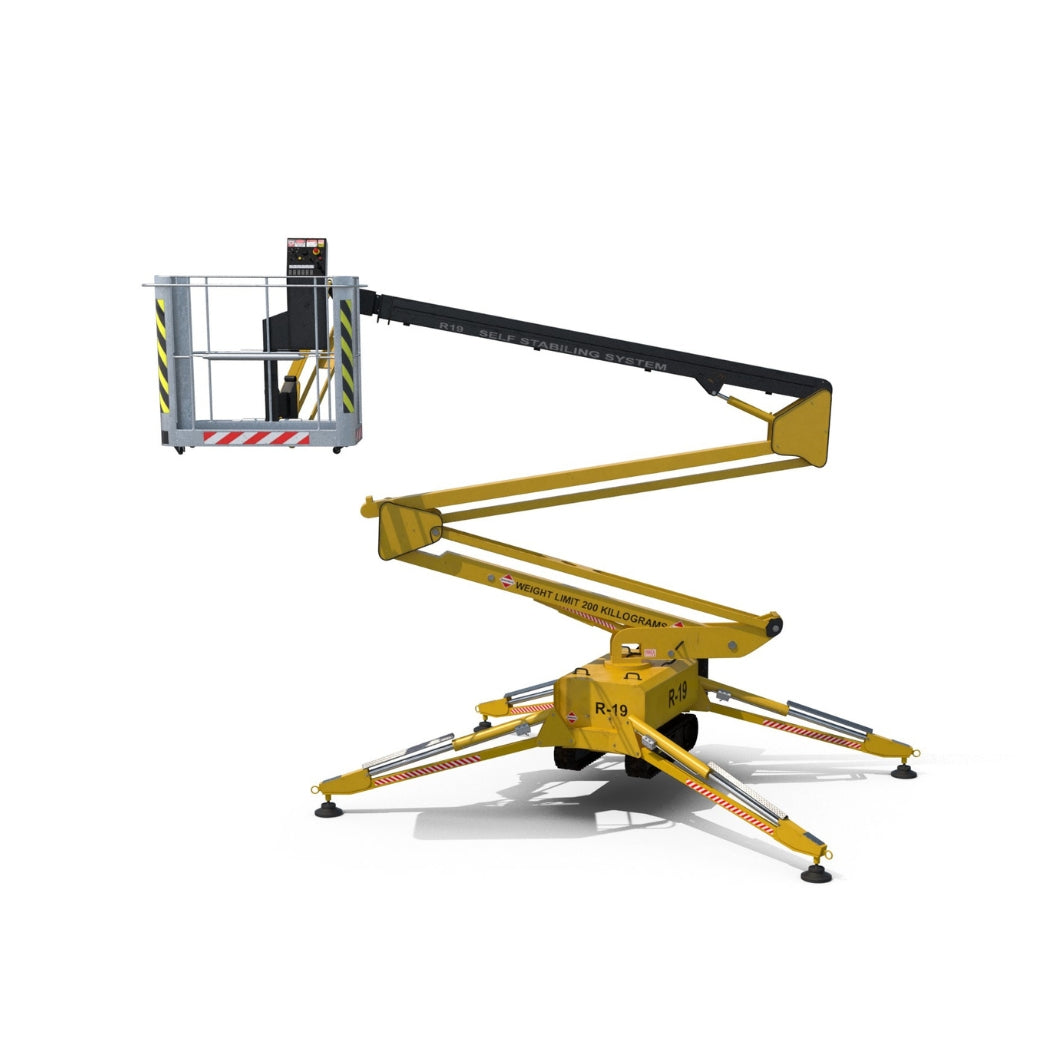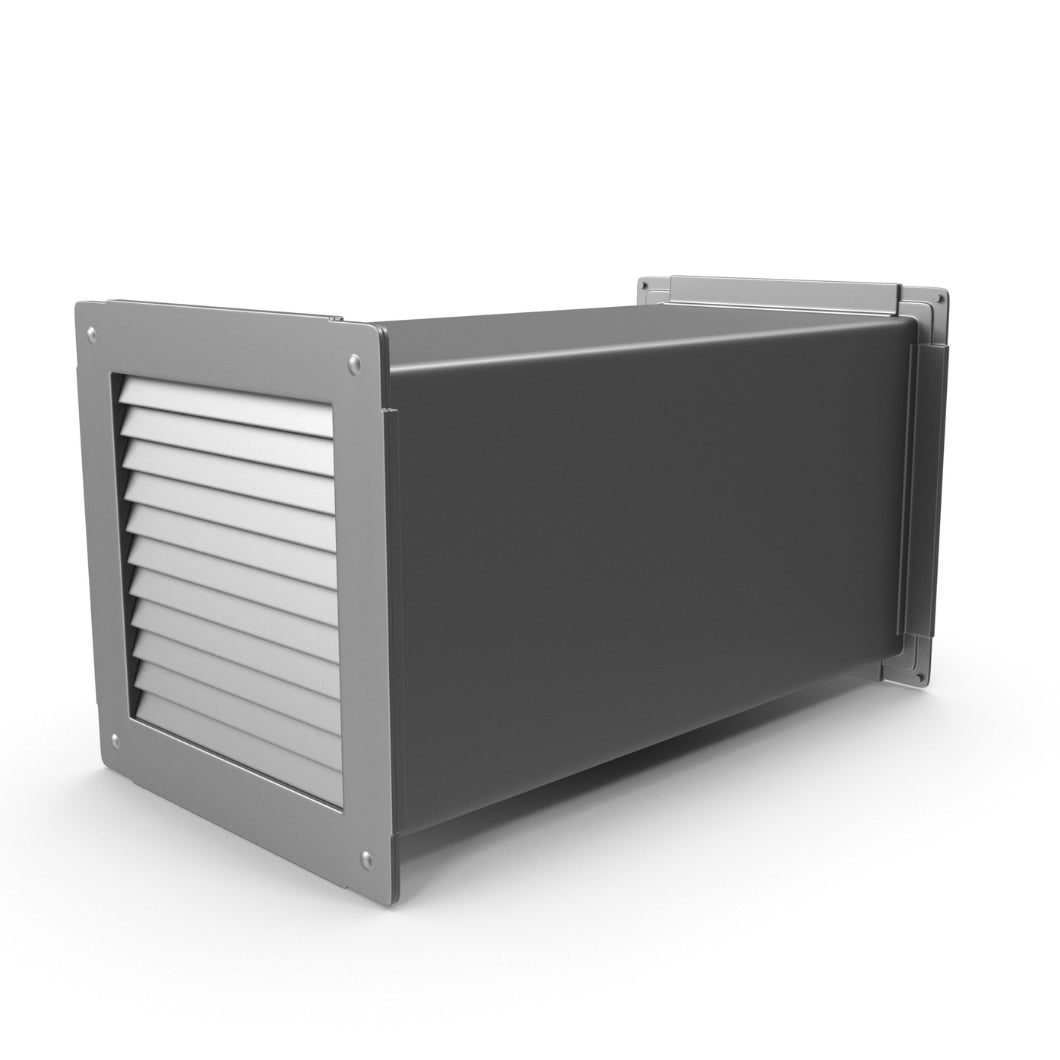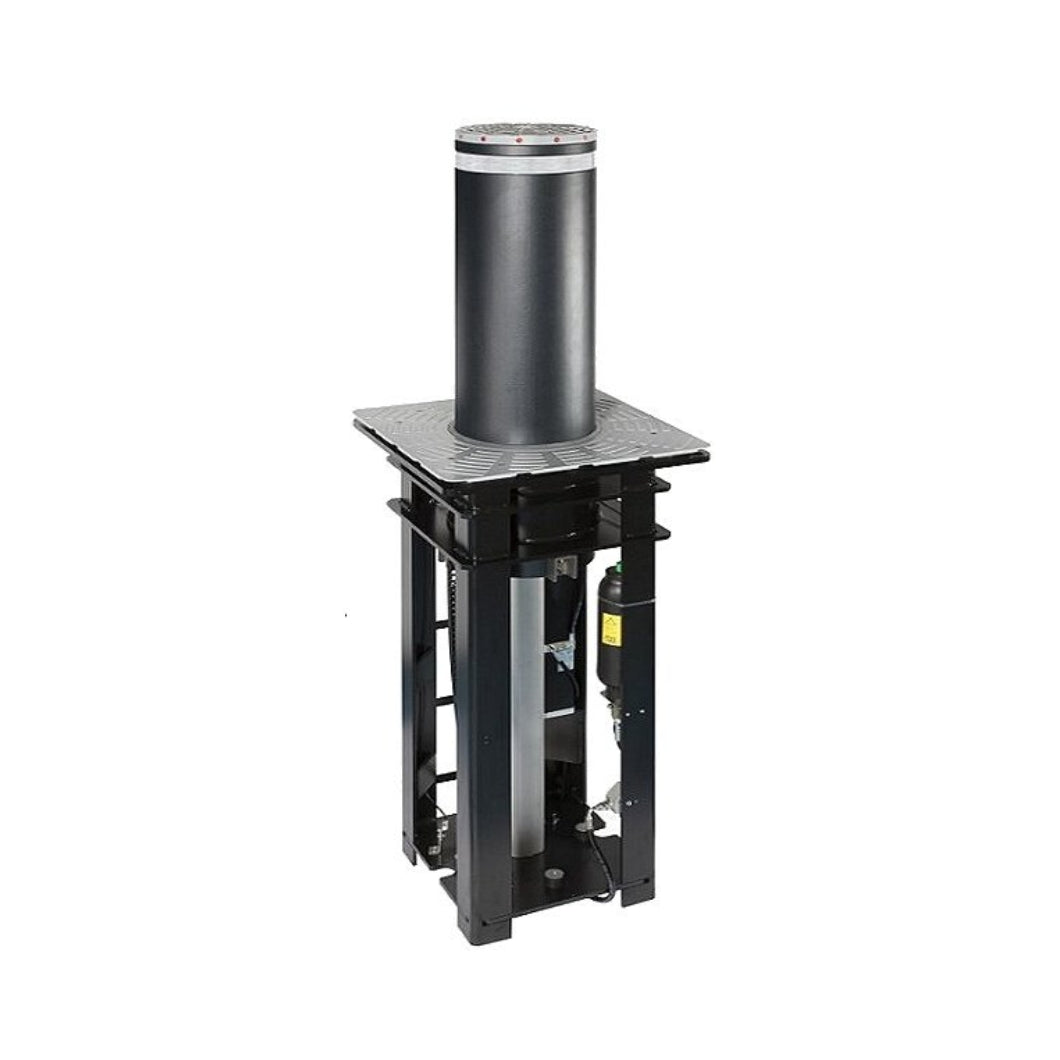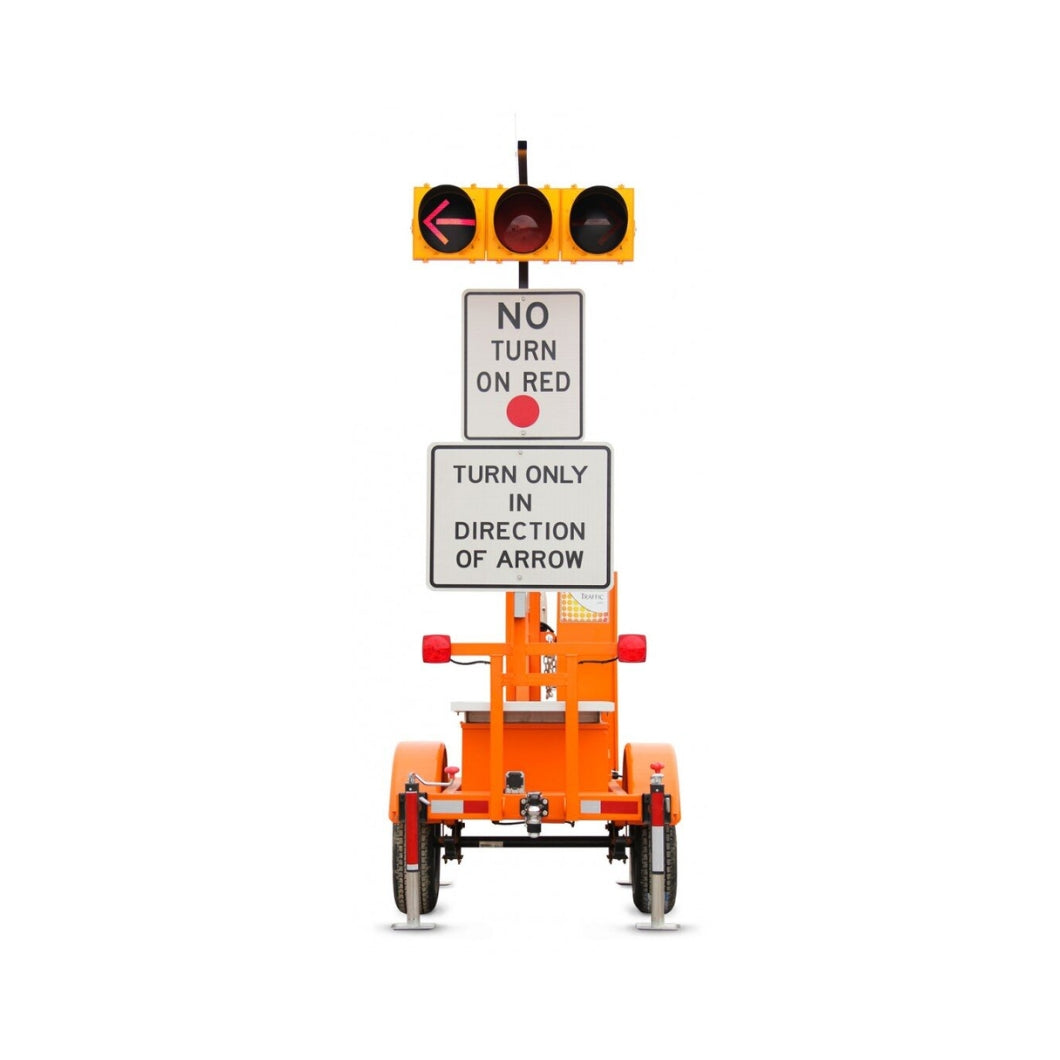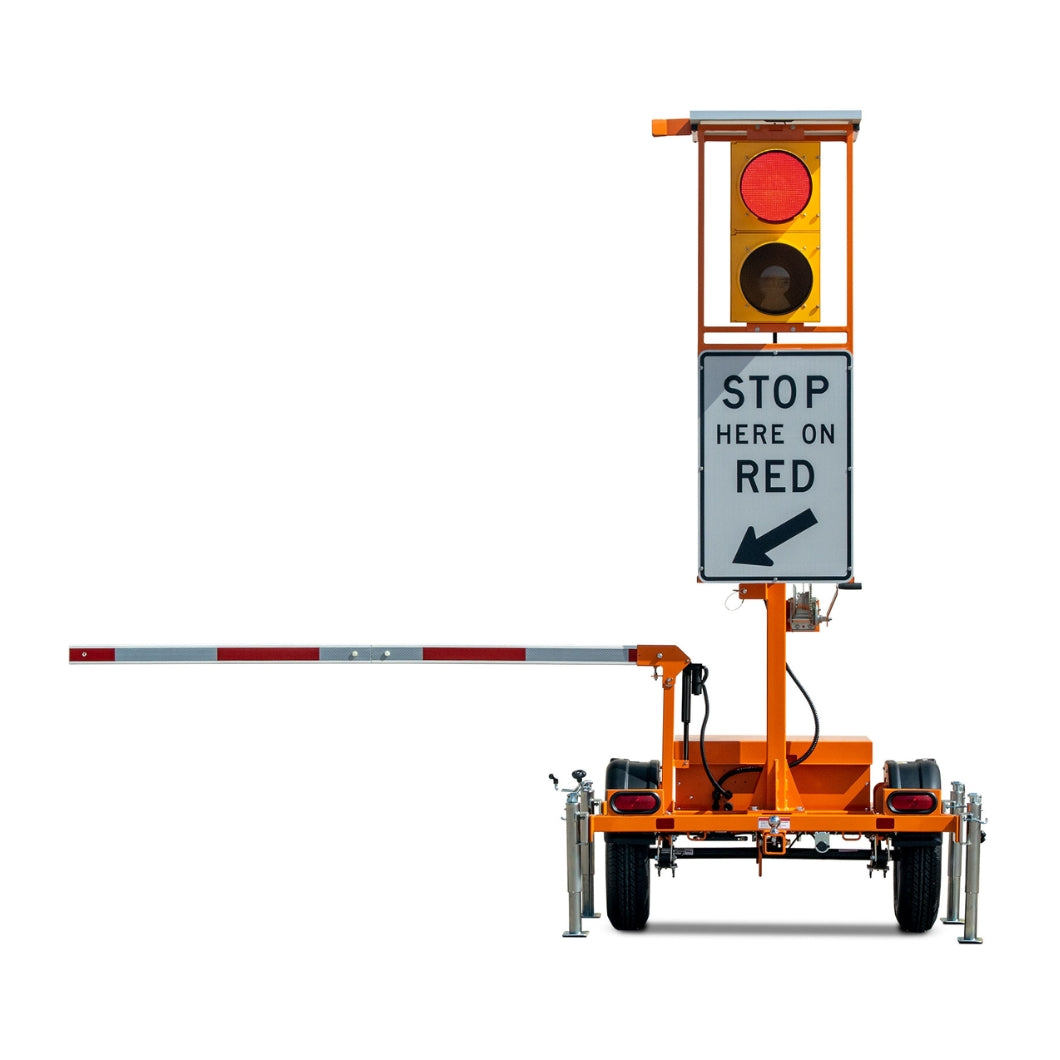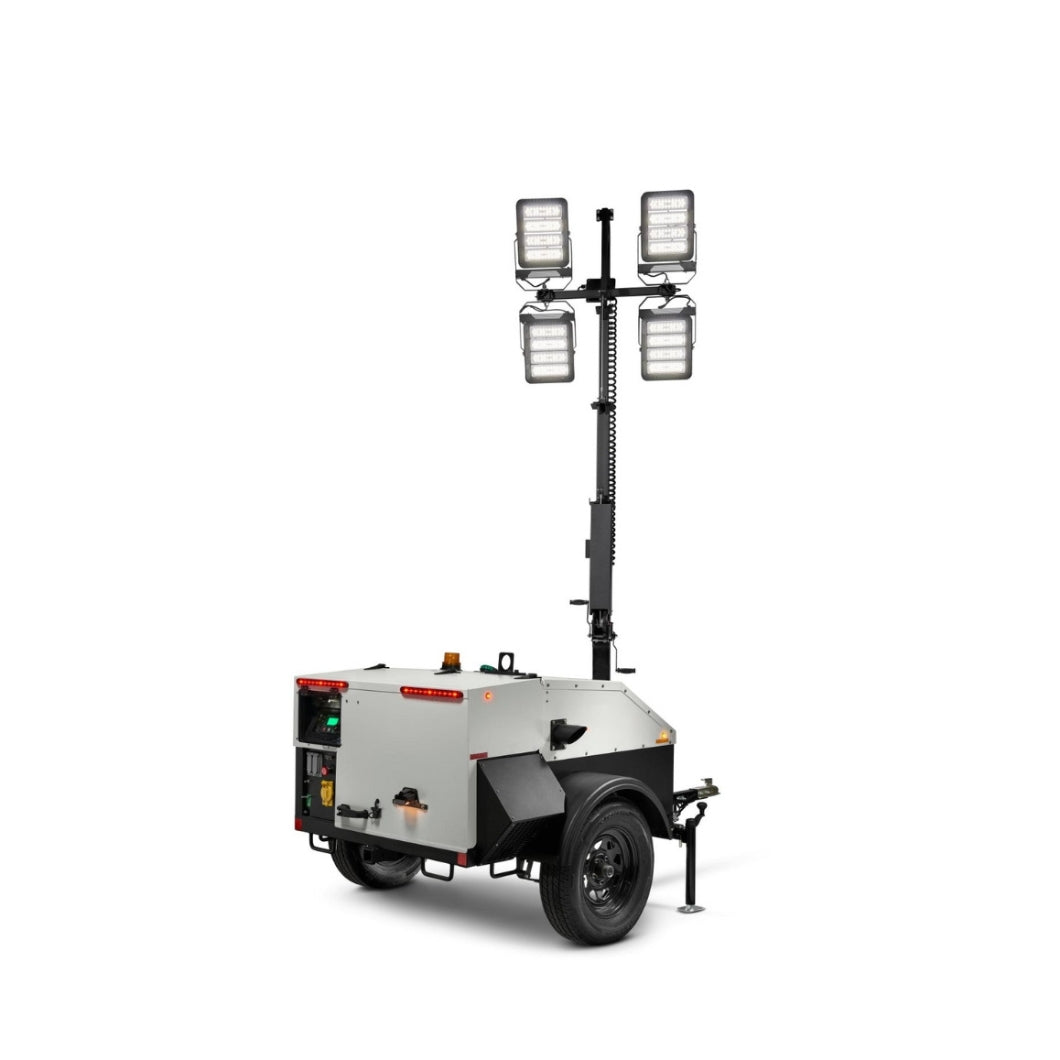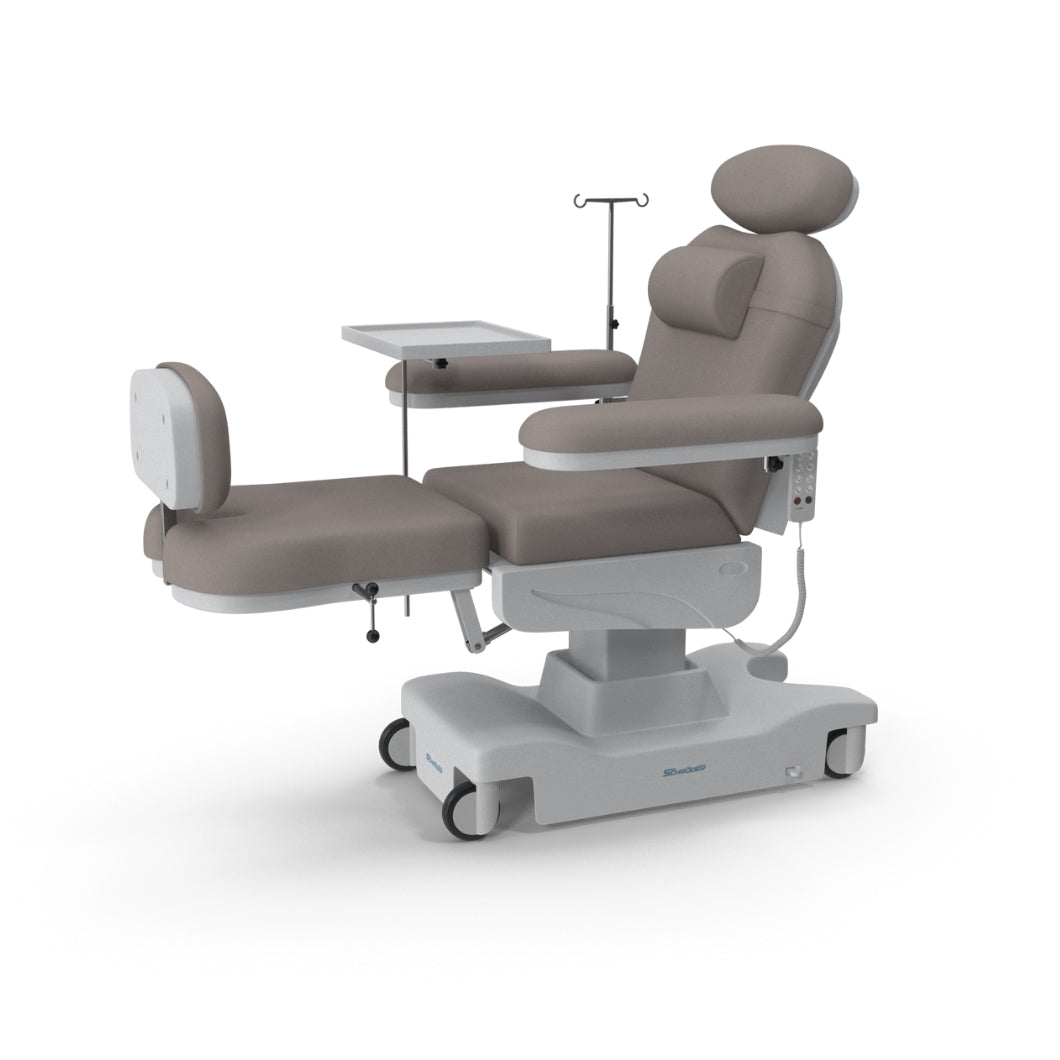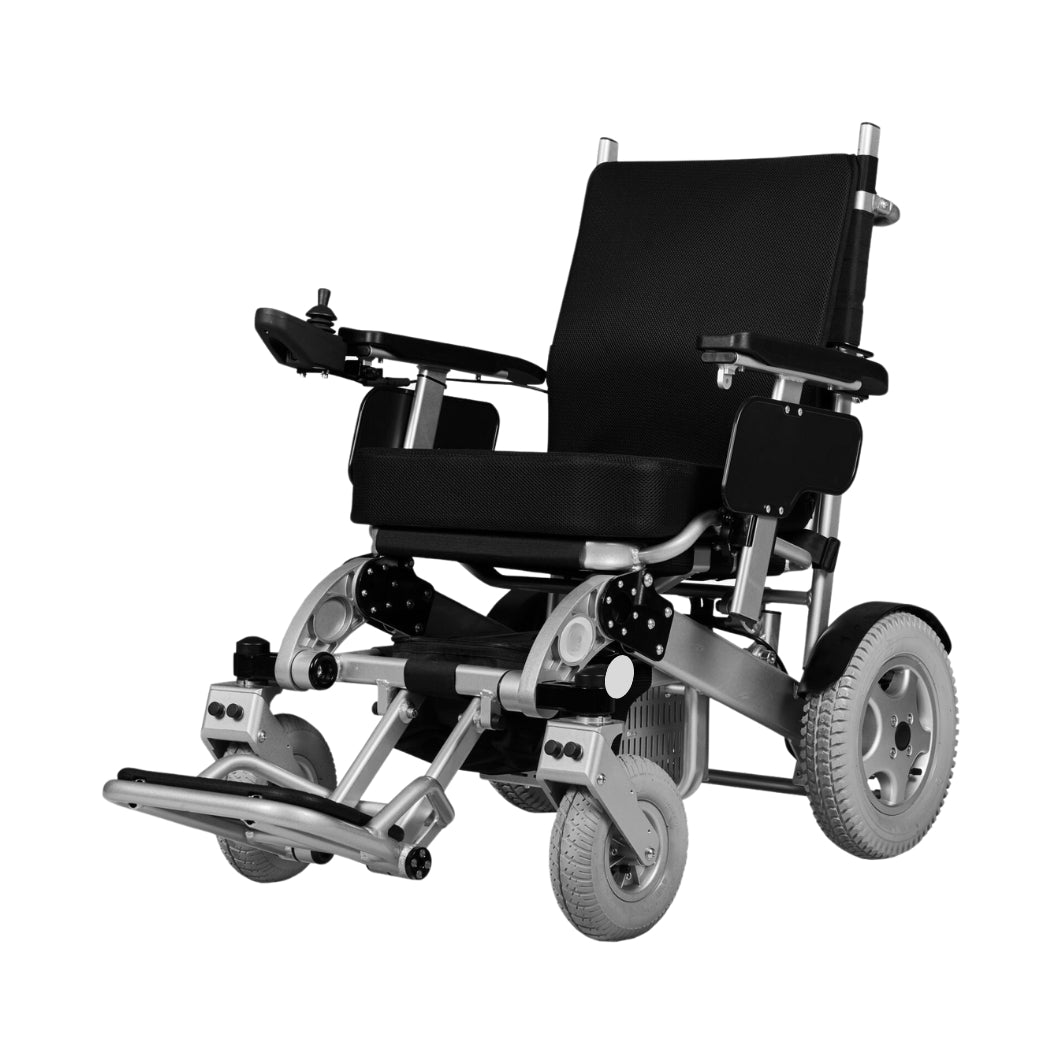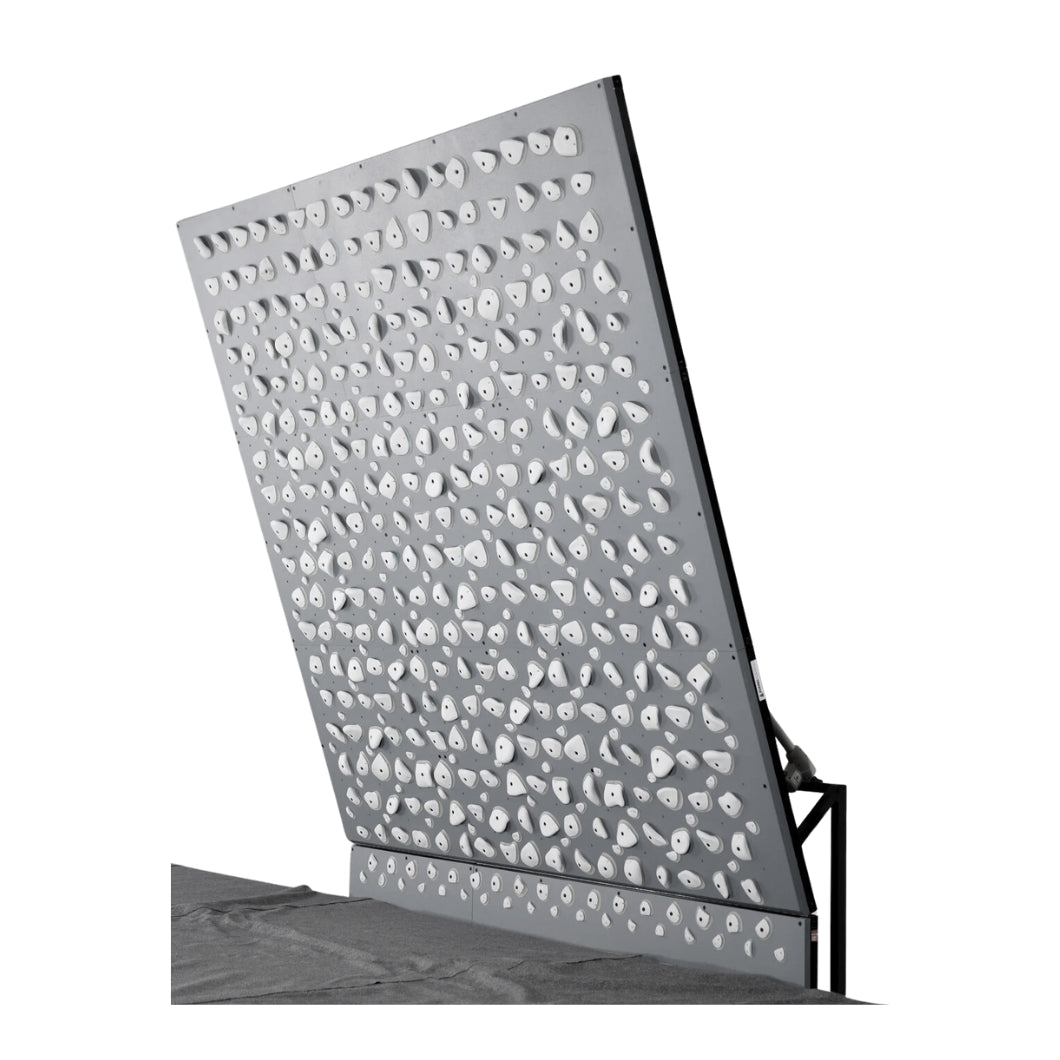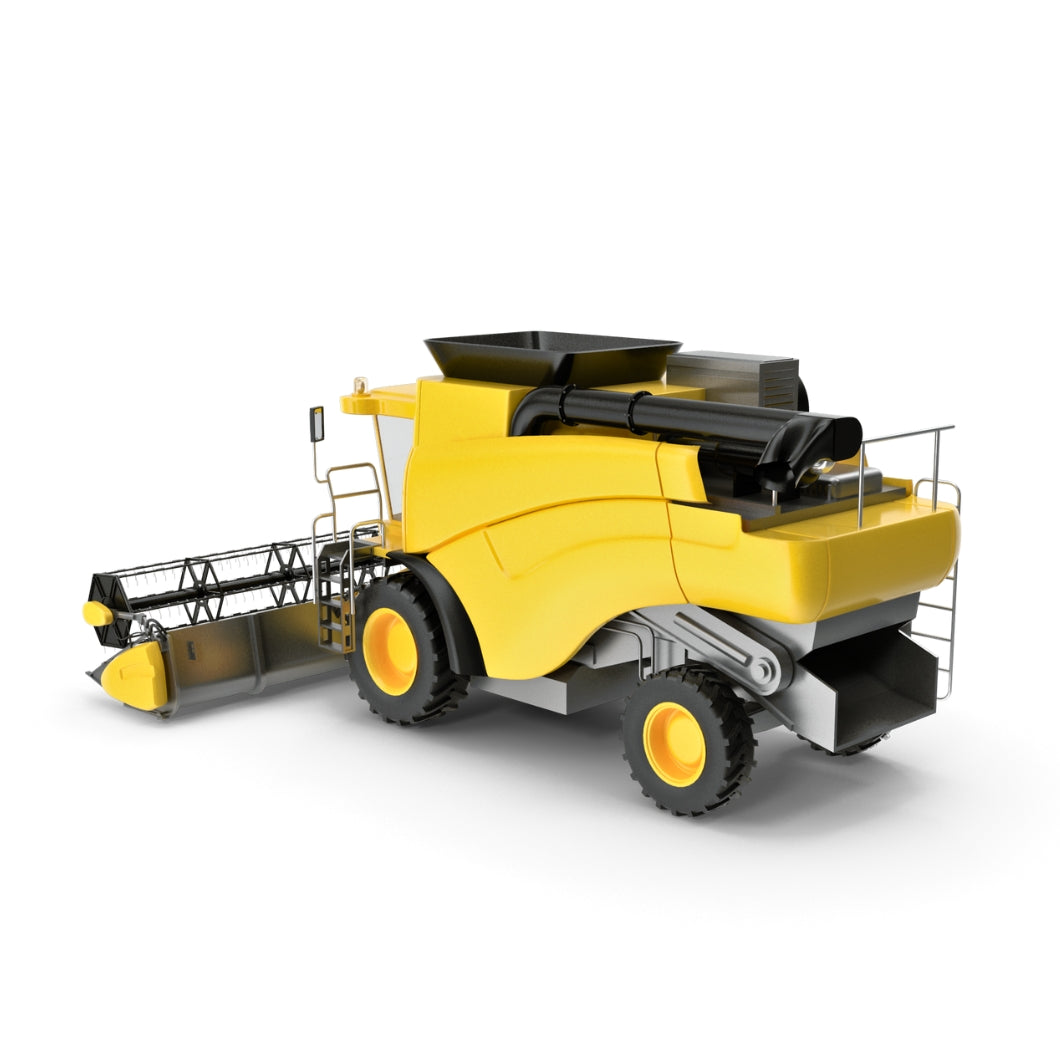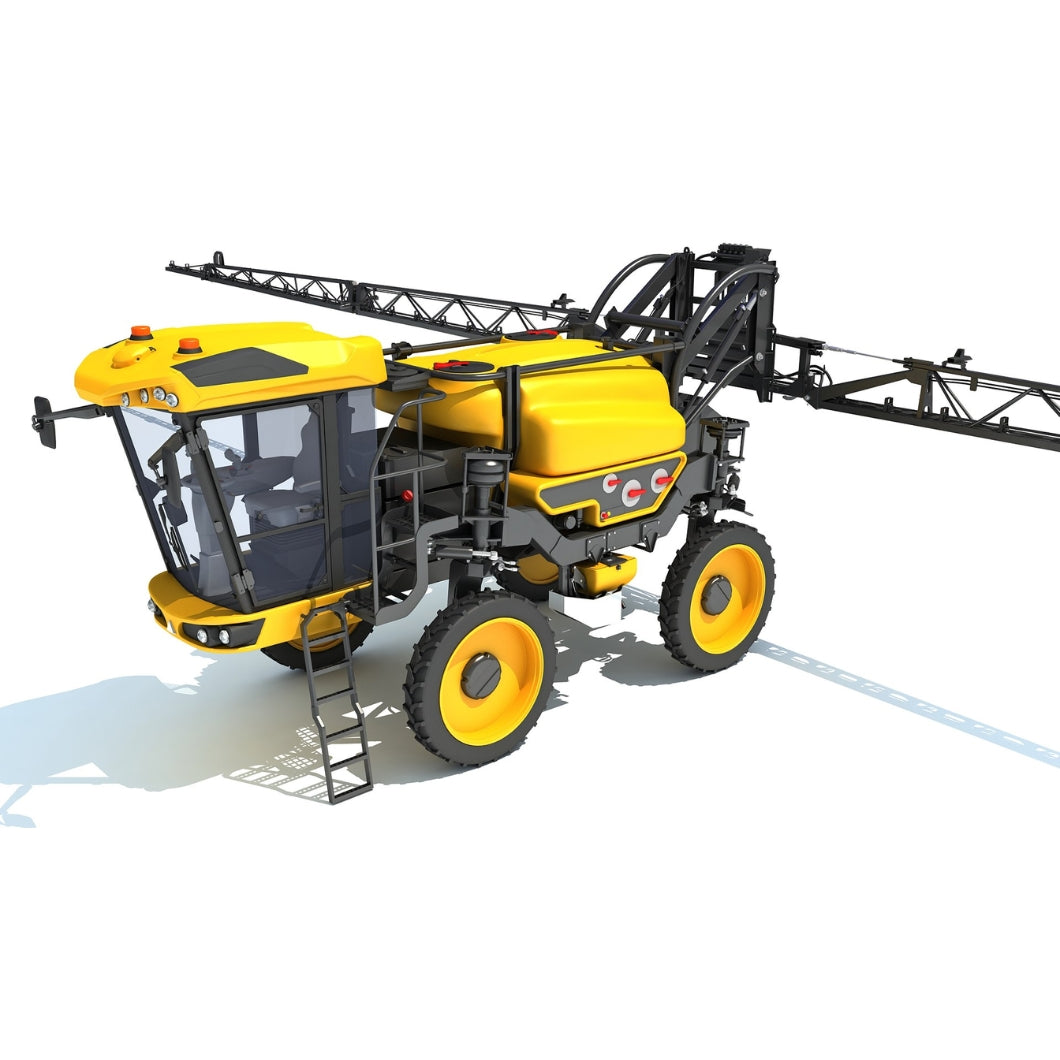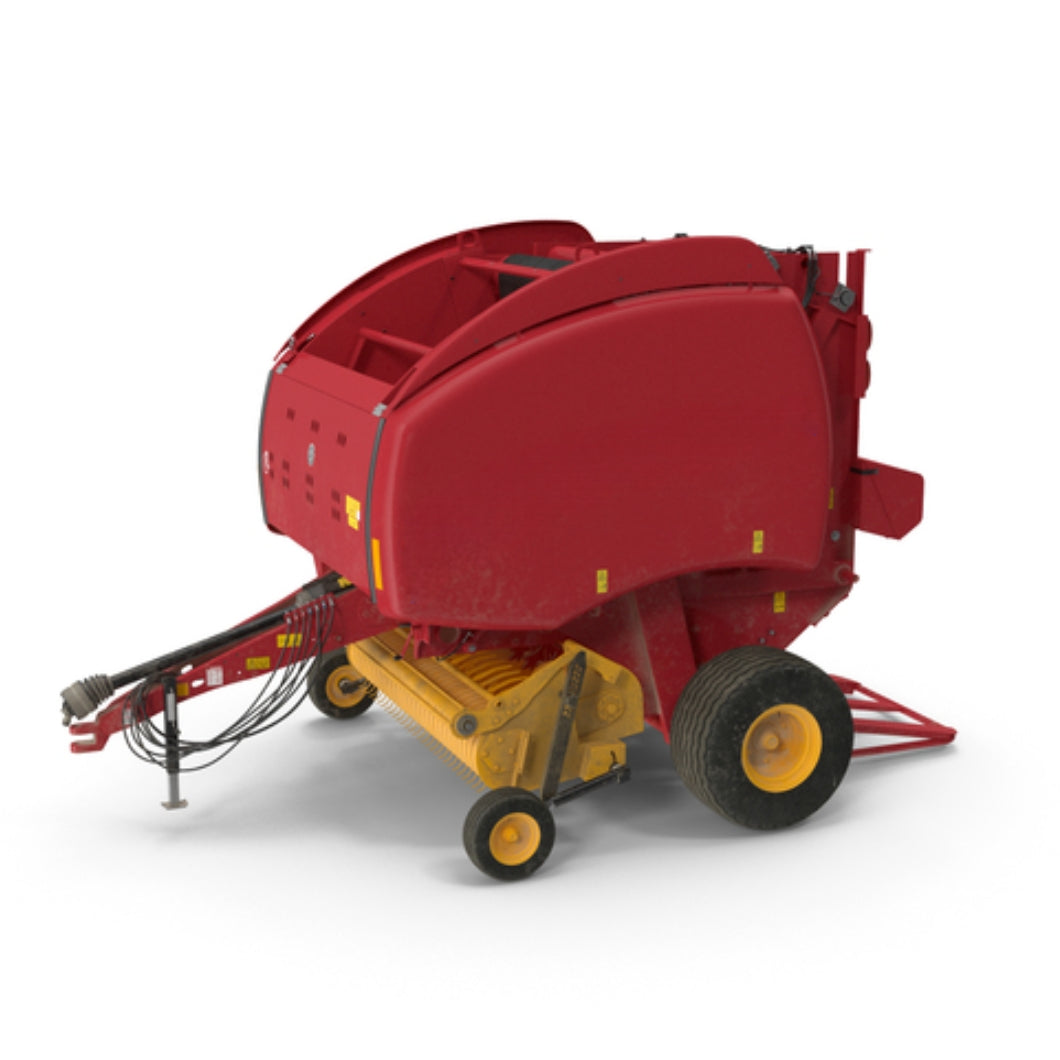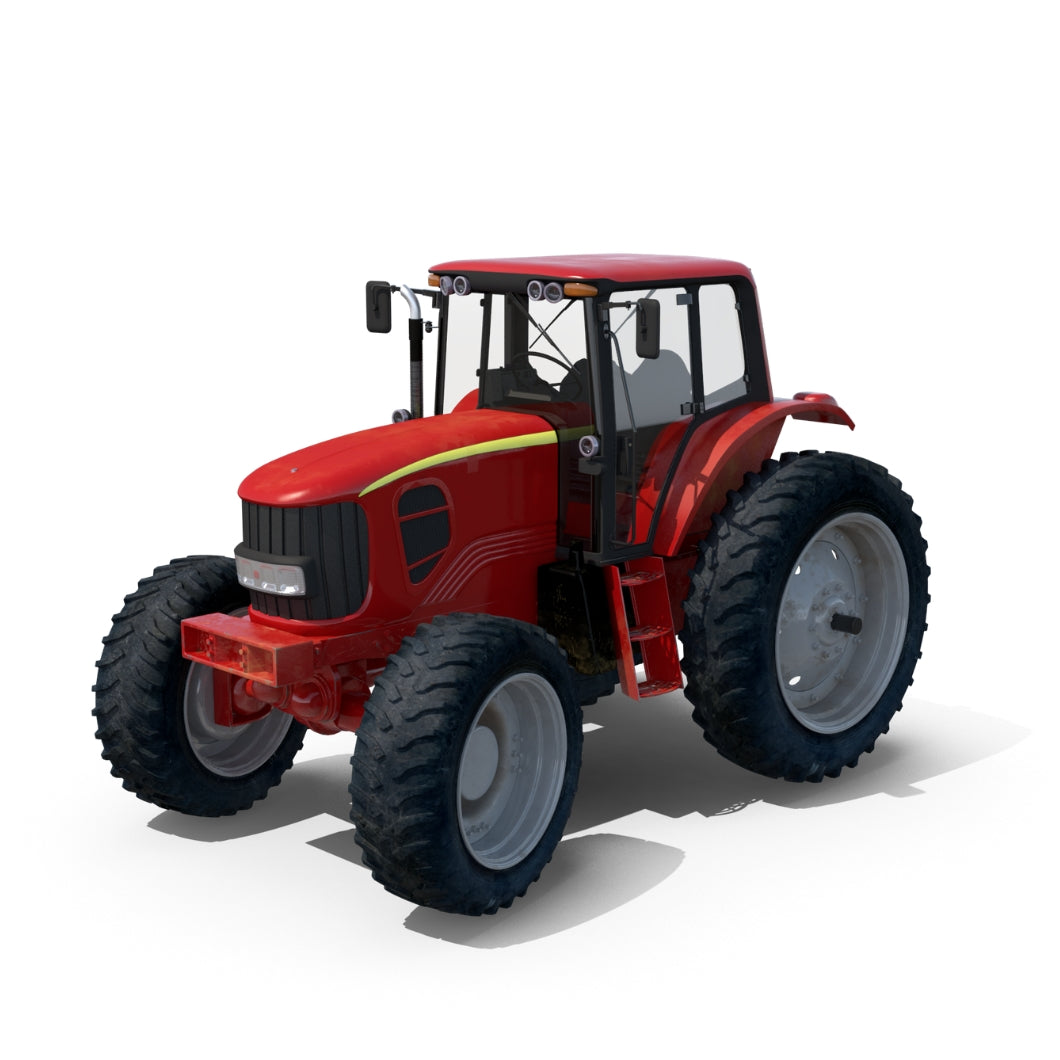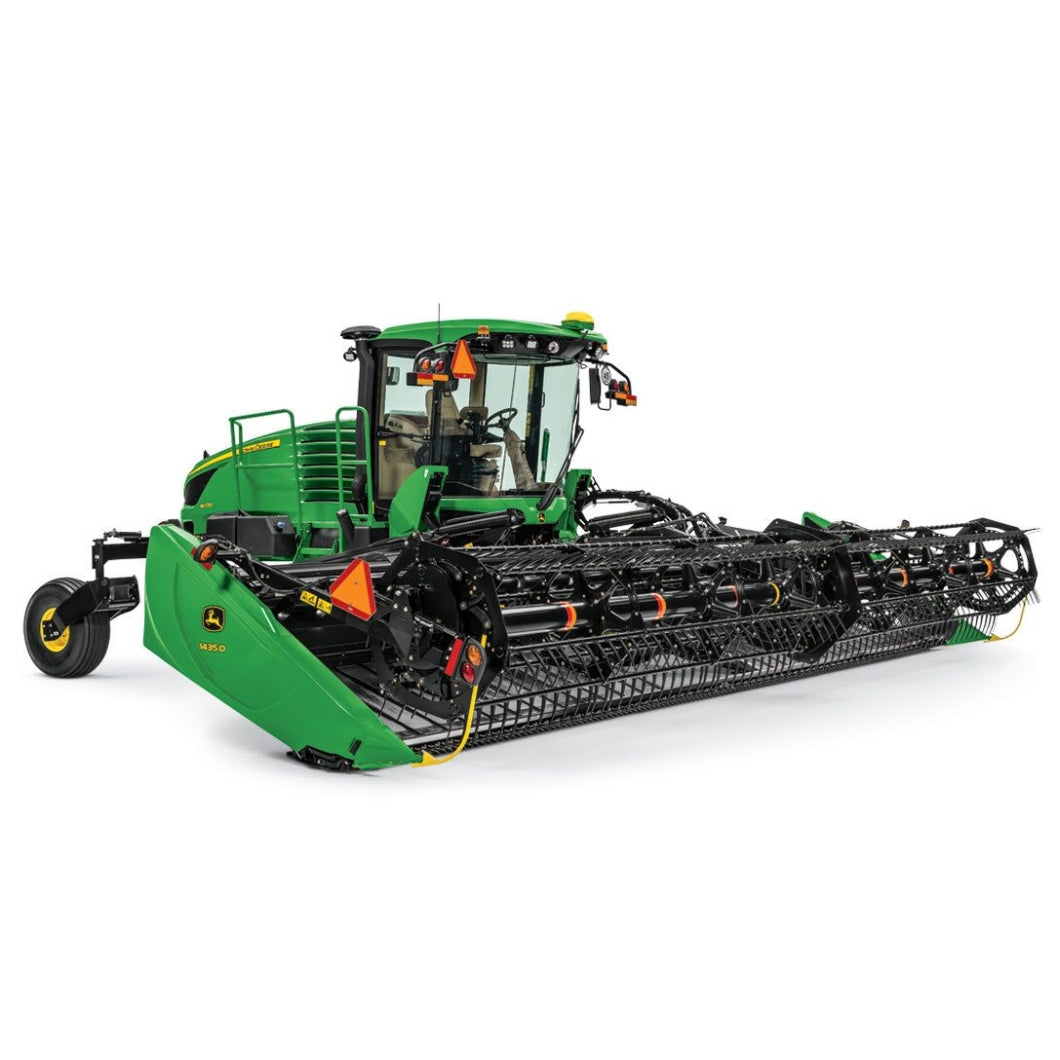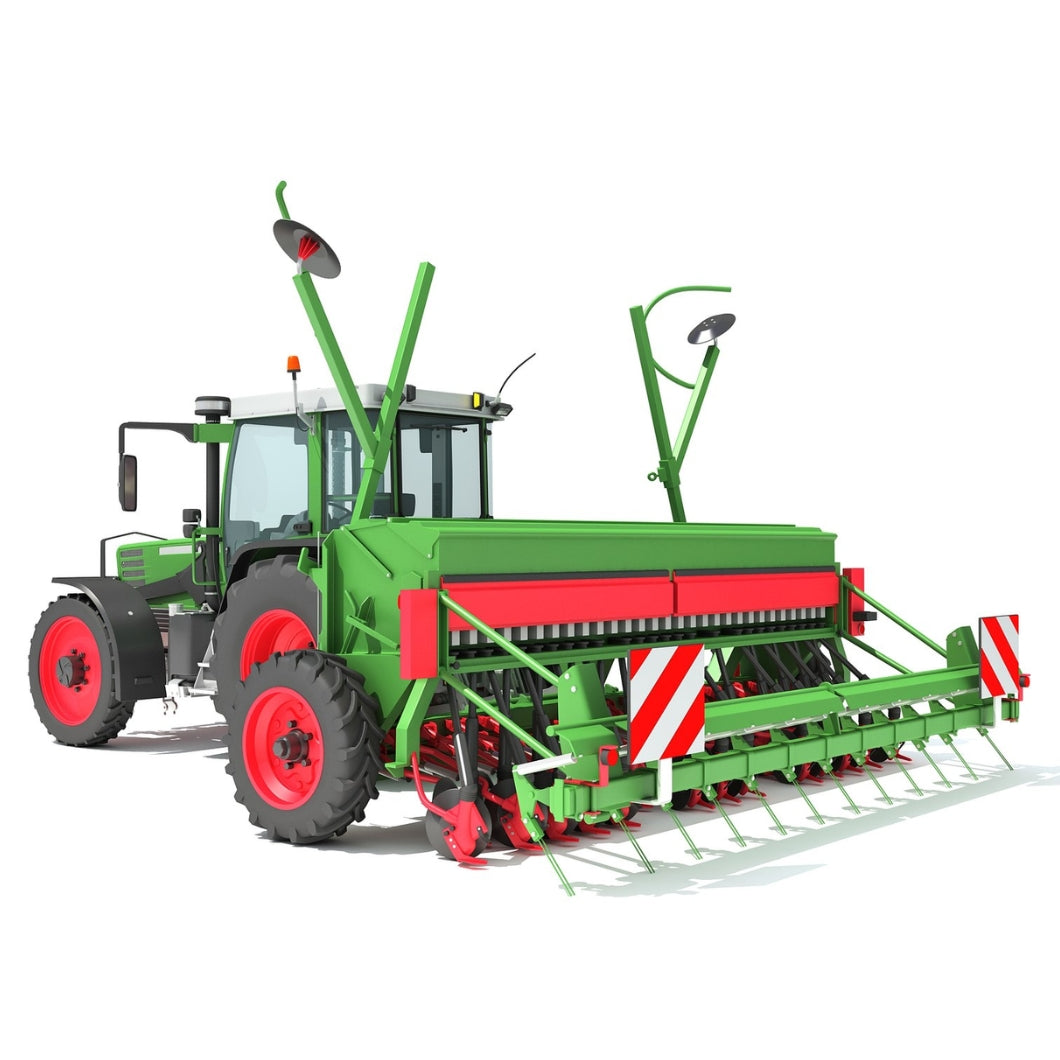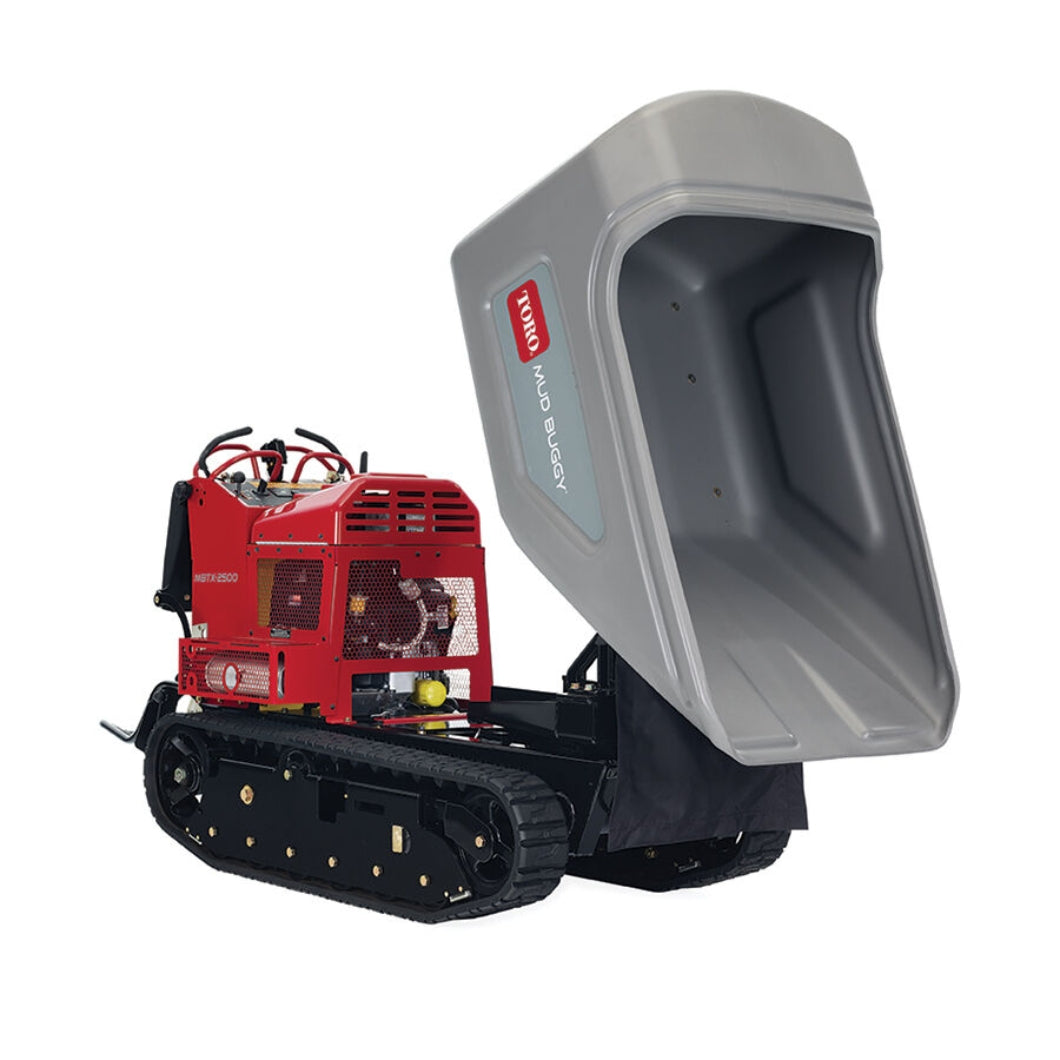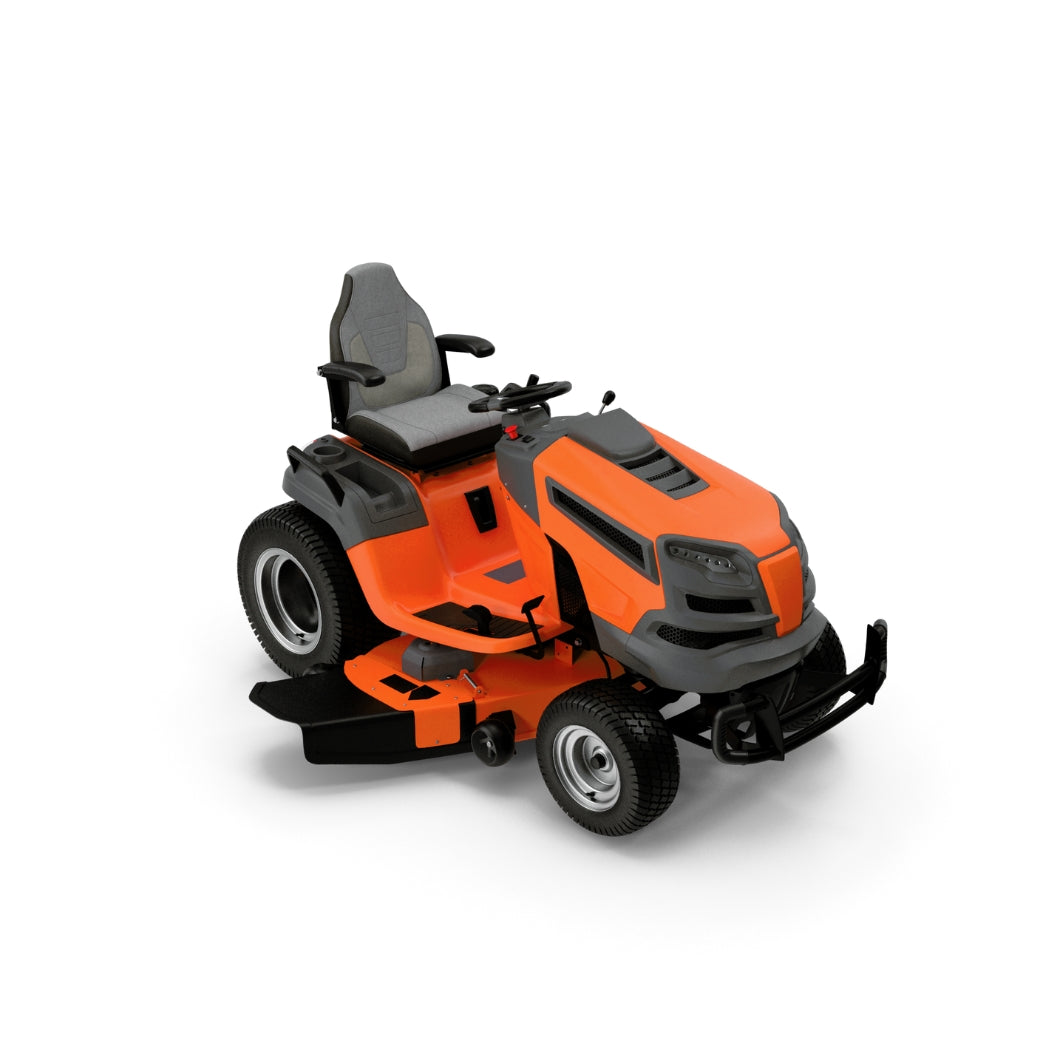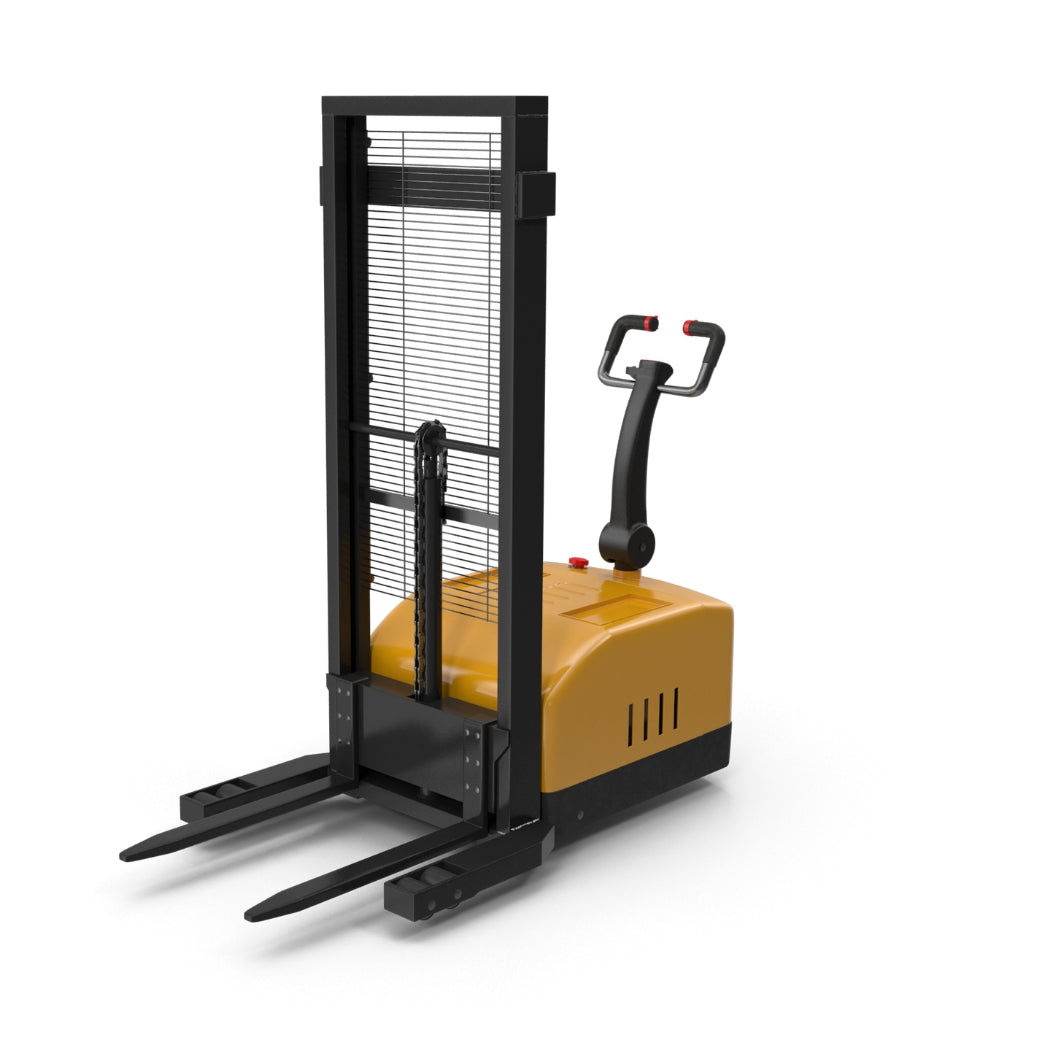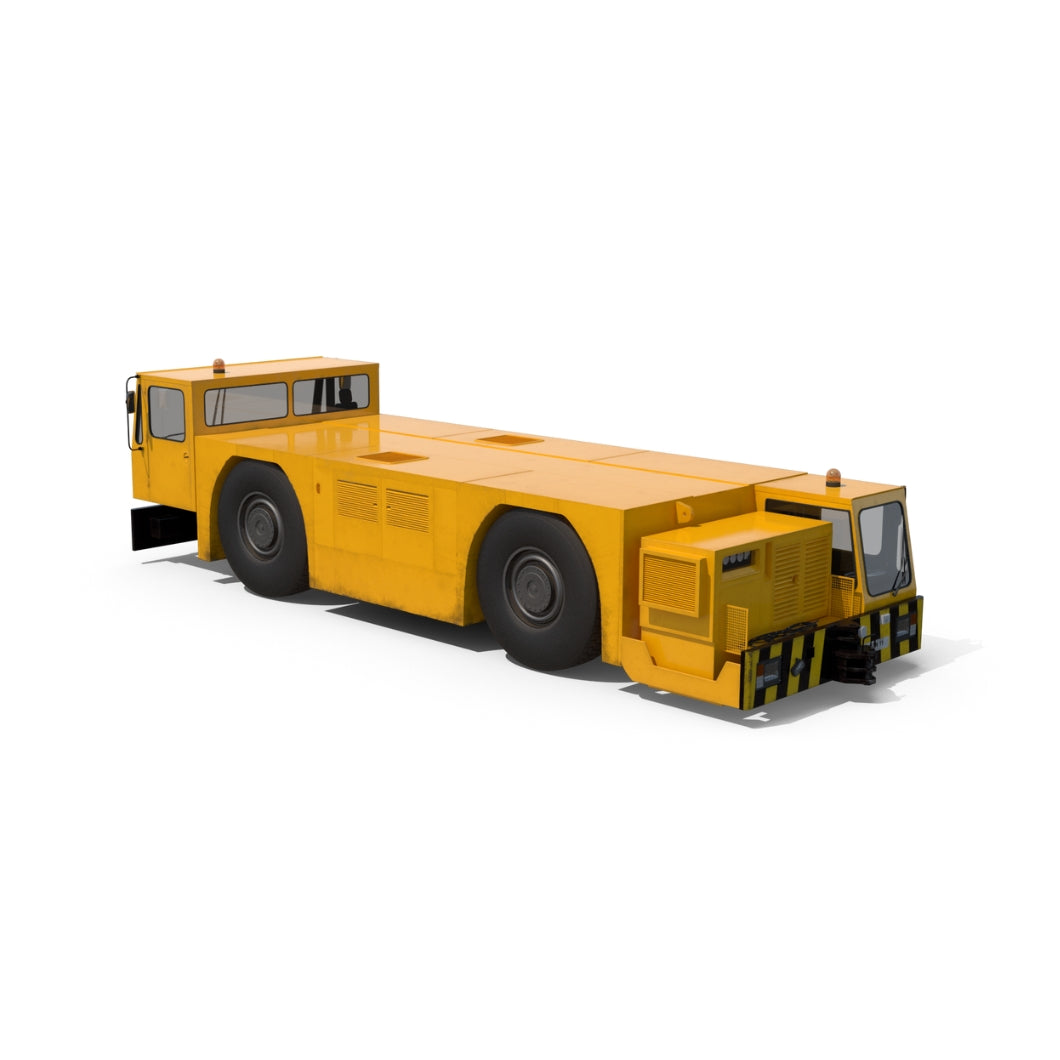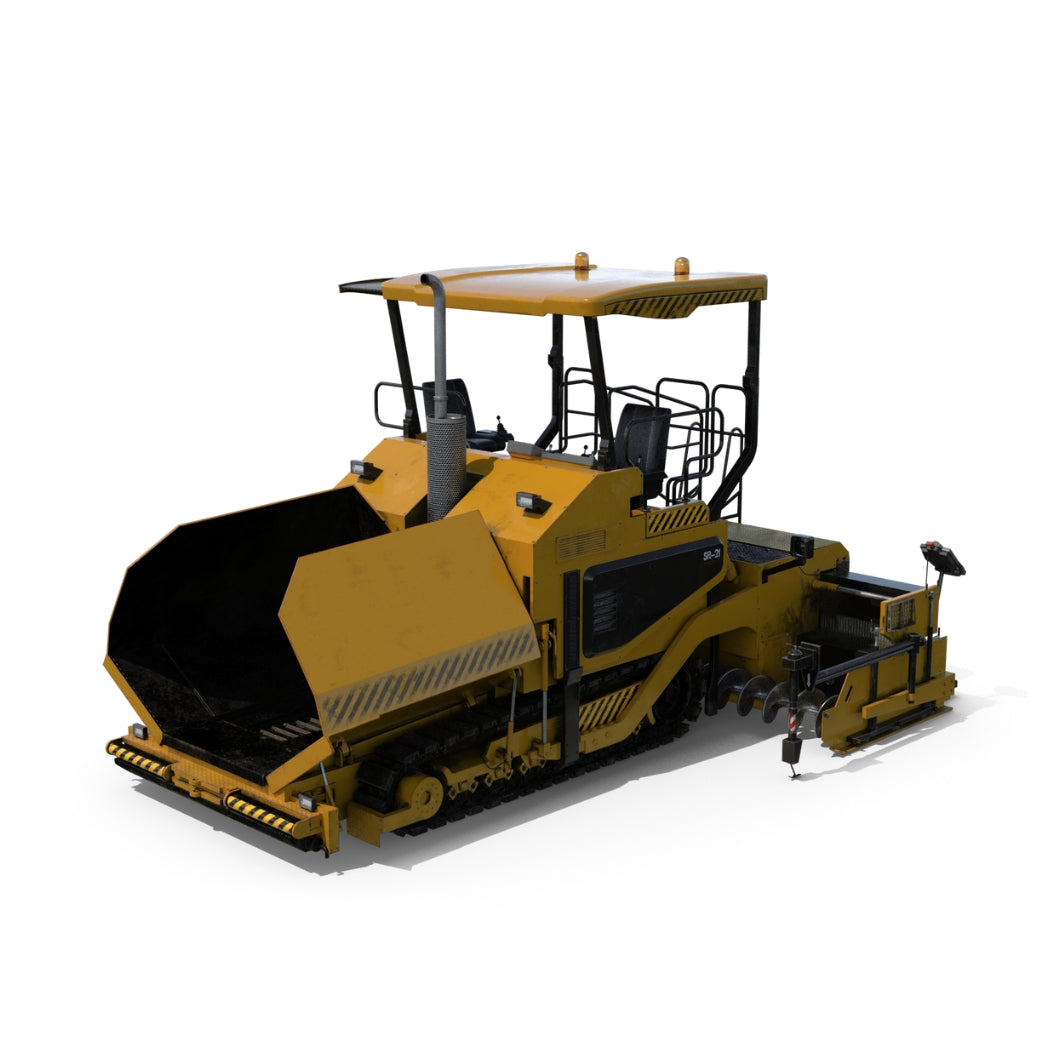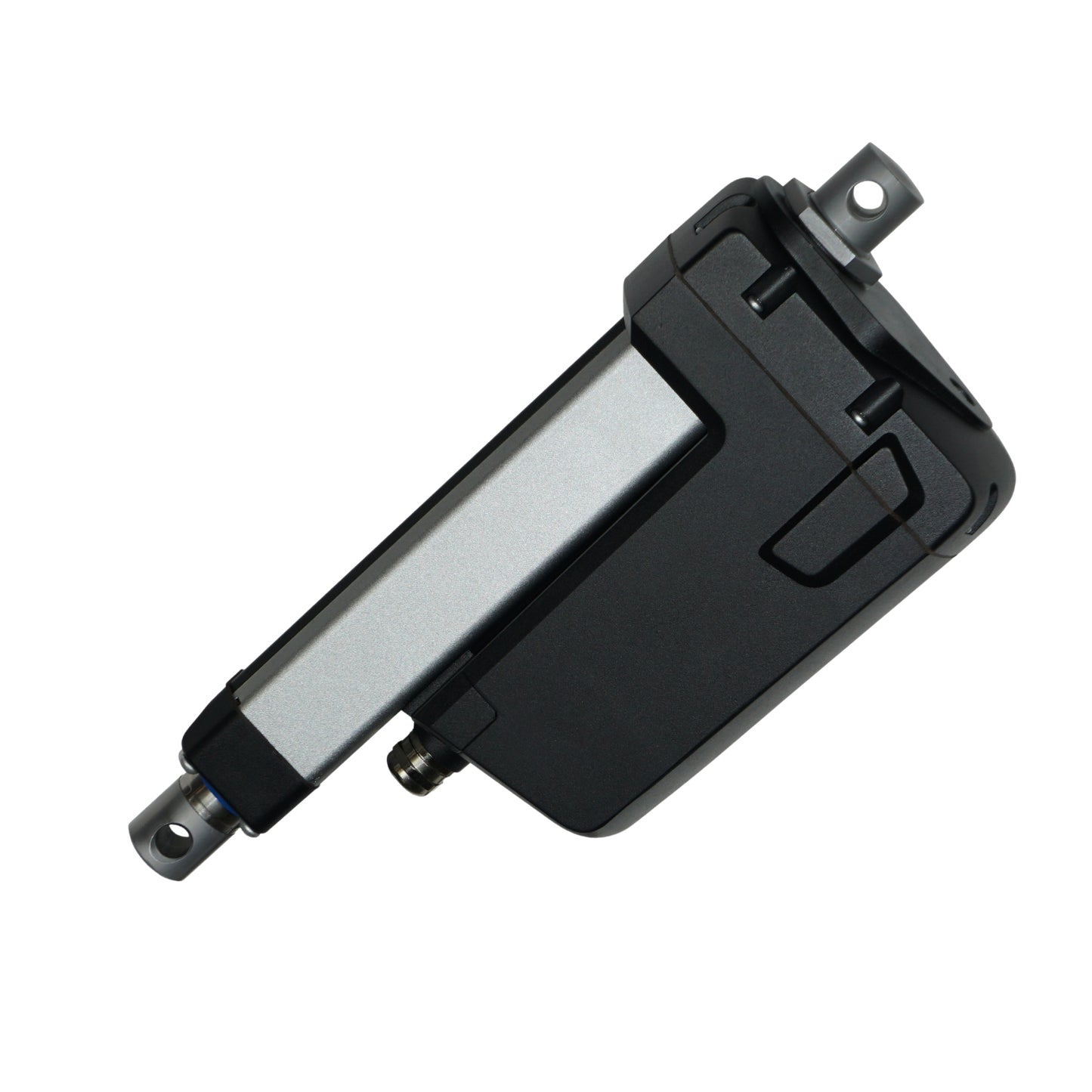
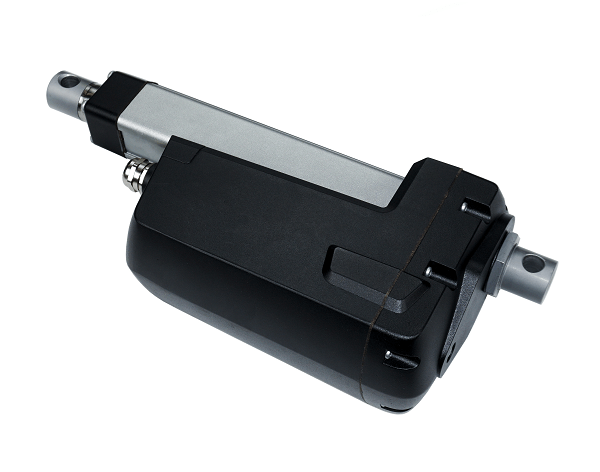
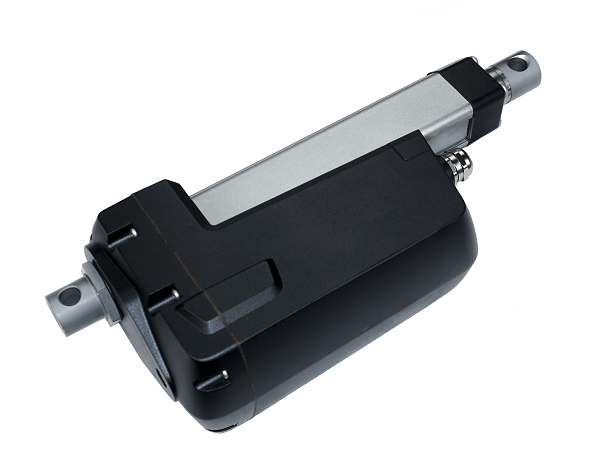
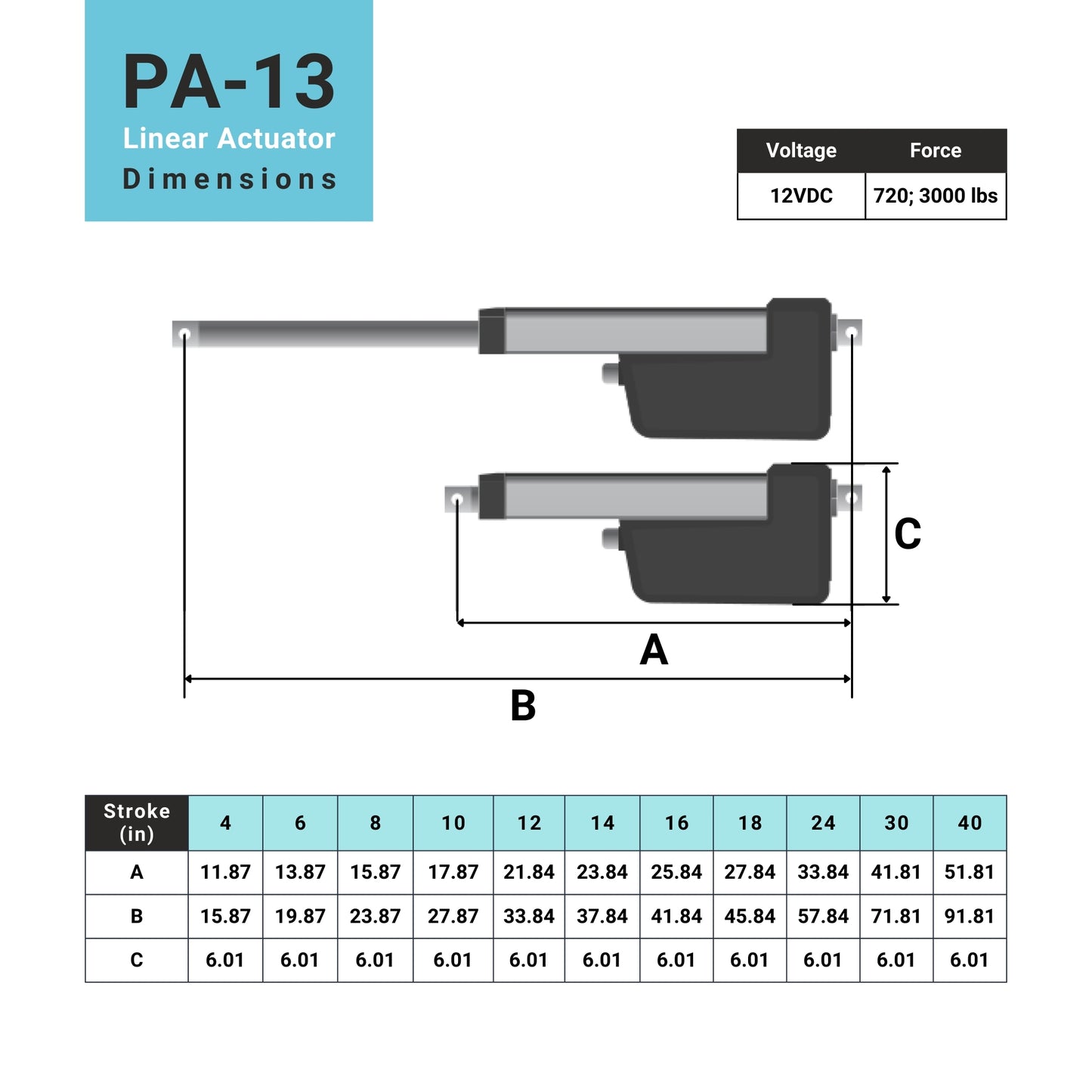
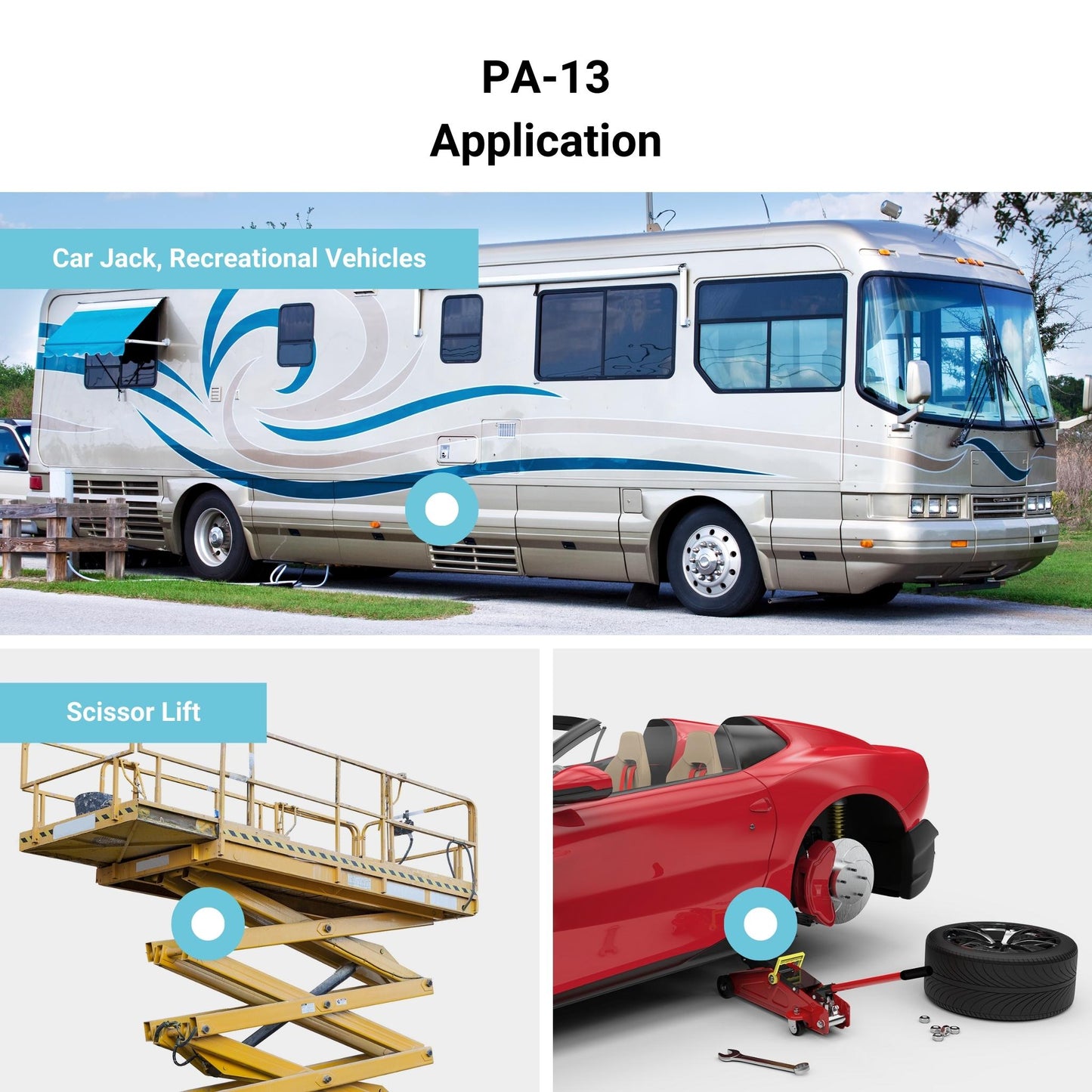
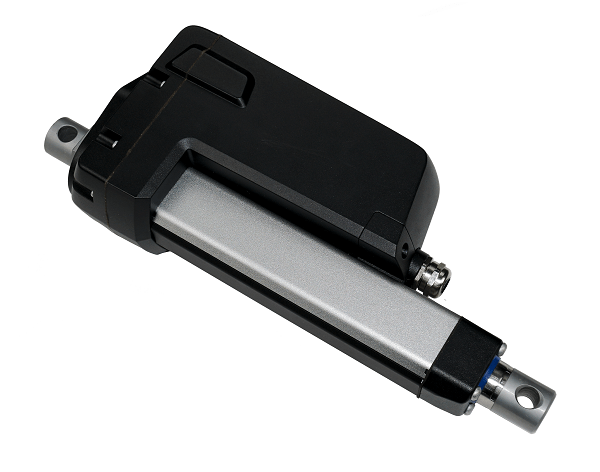
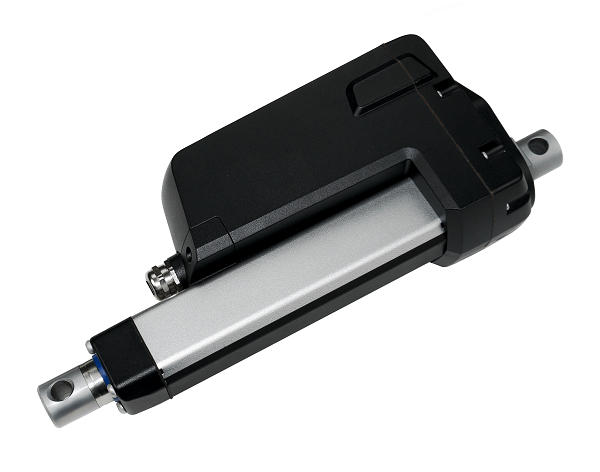
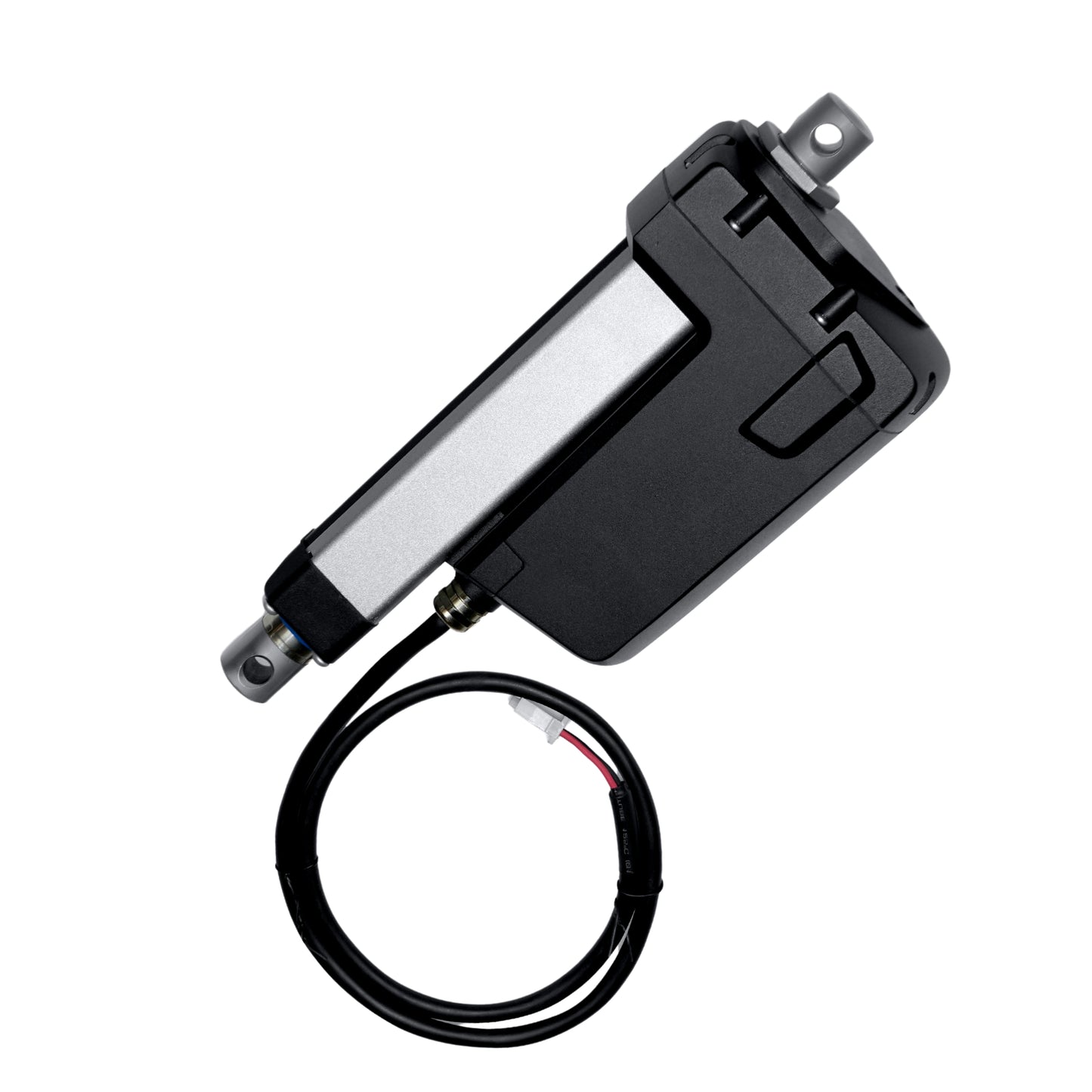
The PA-13 High Force Industrial Linear Actuator is one of the strongest units in our line-up. The stainless steel shaft accompanied by metal gears allows the actuator to push and pull up to 3000 lbs, and hold up to 3500 lbs. The high environmental protection rating produces a versatile unit able to withstand dust, water, and harsh environments.
This unit can be found in industries such as manufacturing, renewable energy, agriculture, and industrial automation. For a full list of specifications, customization options, and dimensional drawings, please see our PA-13 Data Sheet.
*Please note that the PA-13 is not rated for shock or pulse loads.
Actuators Comparison ChartMOUNTING OPTIONS:
The BRK-17 bracket, designed to fit the High Force Industrial Linear Actuator, allows for a simple installation process. For more detailed information and specifications, please see our brackets product page.
CONTROL SYSTEMS:
The high-force industrial electric actuator is compatible with a variety of our controllers as long as they have a 20A rating. Our controllers come with a wide range of control capabilities useful for almost any application you have in mind, as well as a simple wiring process. View our control systems page for a full list of options. Due to the high current draw, relays and other components may be required for compatibility.
Custom options
Looking for an actuator but the specifications don't exactly match what you require? We have an extensive list of customization capabilities to ensure you get exactly what you need for your project. Download this product's data sheet and find out more about your customization options!
The PA-13 High Force Industrial Linear Actuator is one of the strongest units in our line-up. The stainless steel shaft accompanied by metal gears allows the actuator to push and pull up to 3000 lbs, and hold up to 3500 lbs. The high environmental protection rating produces a versatile unit able to withstand dust, water, and harsh environments.
This unit can be found in industries such as manufacturing, renewable energy, agriculture, and industrial automation. For a full list of specifications, customization options, and dimensional drawings, please see our PA-13 Data Sheet.
*Please note that the PA-13 is not rated for shock or pulse loads.
Actuators Comparison ChartMOUNTING OPTIONS:
The BRK-17 bracket, designed to fit the High Force Industrial Linear Actuator, allows for a simple installation process. For more detailed information and specifications, please see our brackets product page.
CONTROL SYSTEMS:
The high-force industrial electric actuator is compatible with a variety of our controllers as long as they have a 20A rating. Our controllers come with a wide range of control capabilities useful for almost any application you have in mind, as well as a simple wiring process. View our control systems page for a full list of options. Due to the high current draw, relays and other components may be required for compatibility.
Custom options
Looking for an actuator but the specifications don't exactly match what you require? We have an extensive list of customization capabilities to ensure you get exactly what you need for your project. Download this product's data sheet and find out more about your customization options!
Following a set of standards is crucial for businesses to ensure their products and services can meet a level of quality that promotes customer satisfaction. At Progressive Automations, we aim for nothing but the best for our customers and strive toward continual improvements. Because of this, we are excited to announce that Progressive Automations is now ISO 9001:2015 certified!
Quality You Can Trust – Learn More2D/3D models

